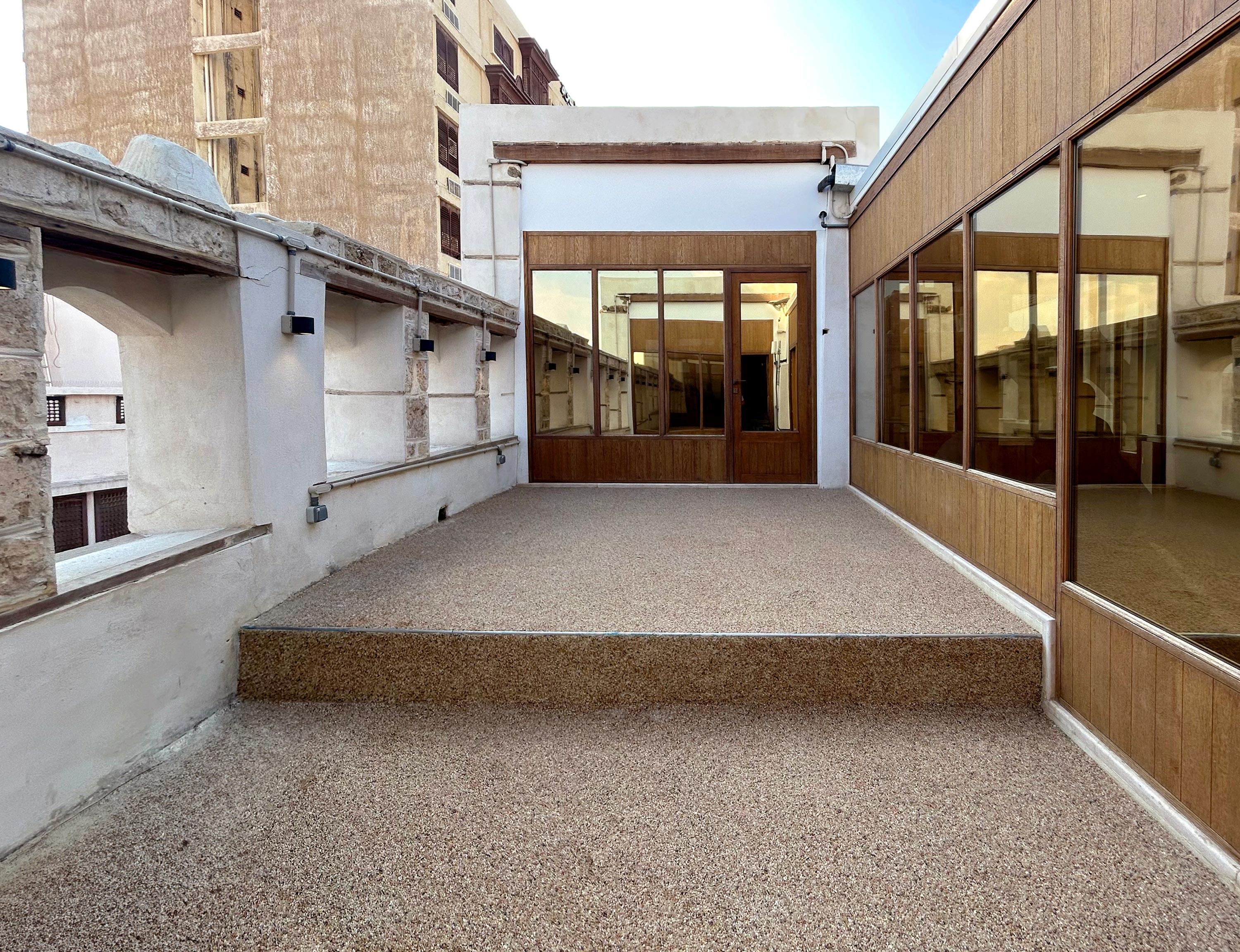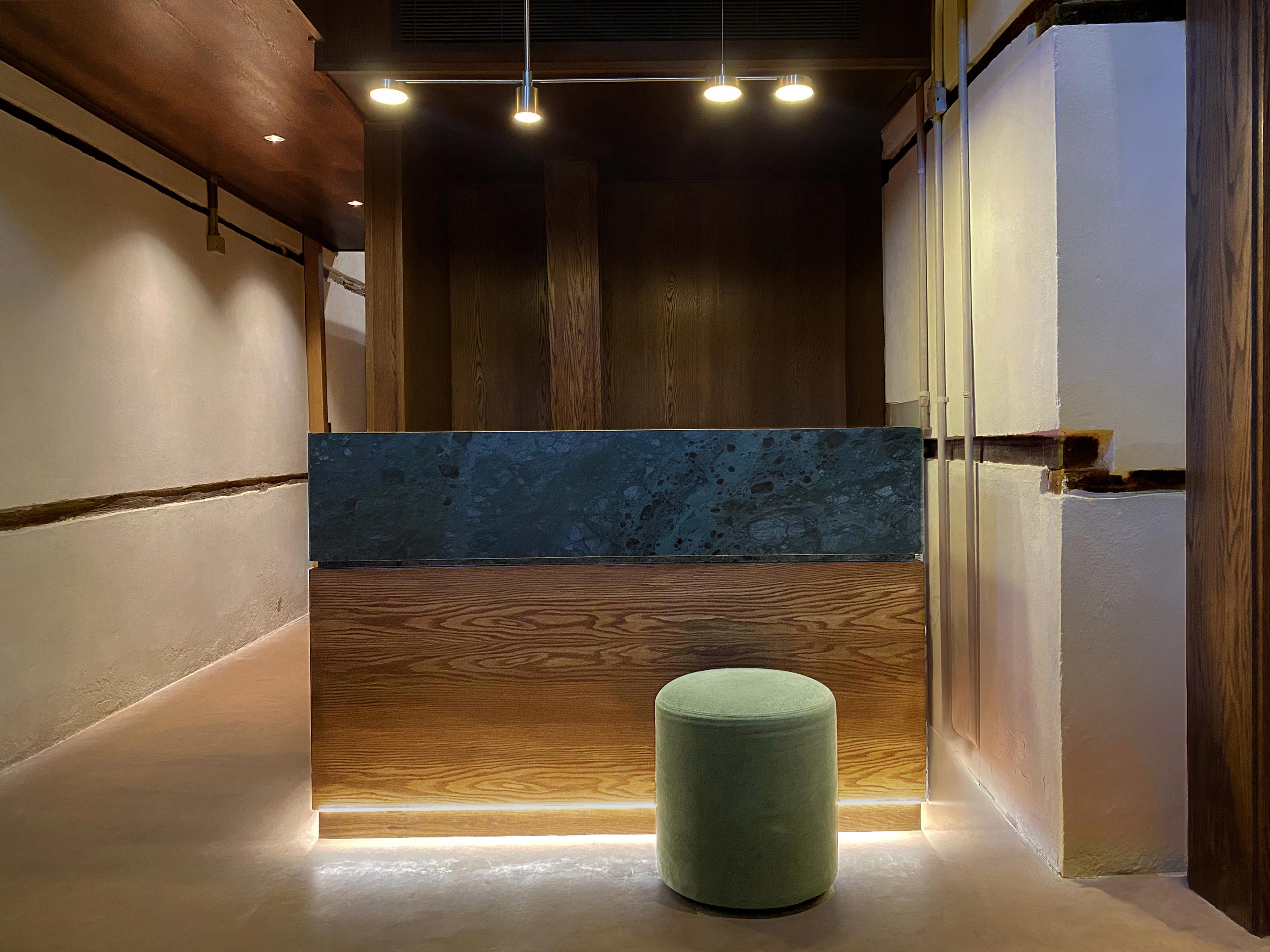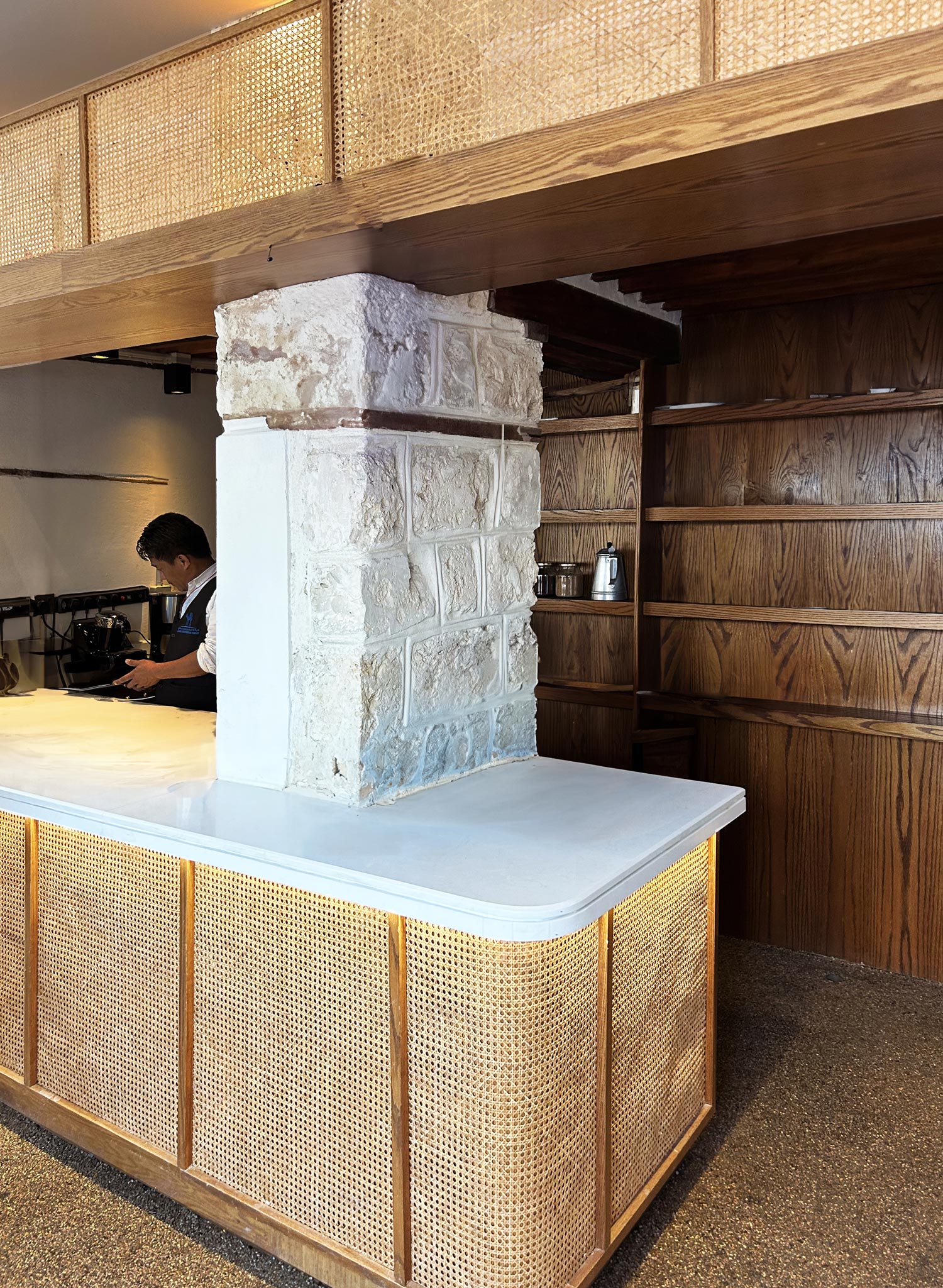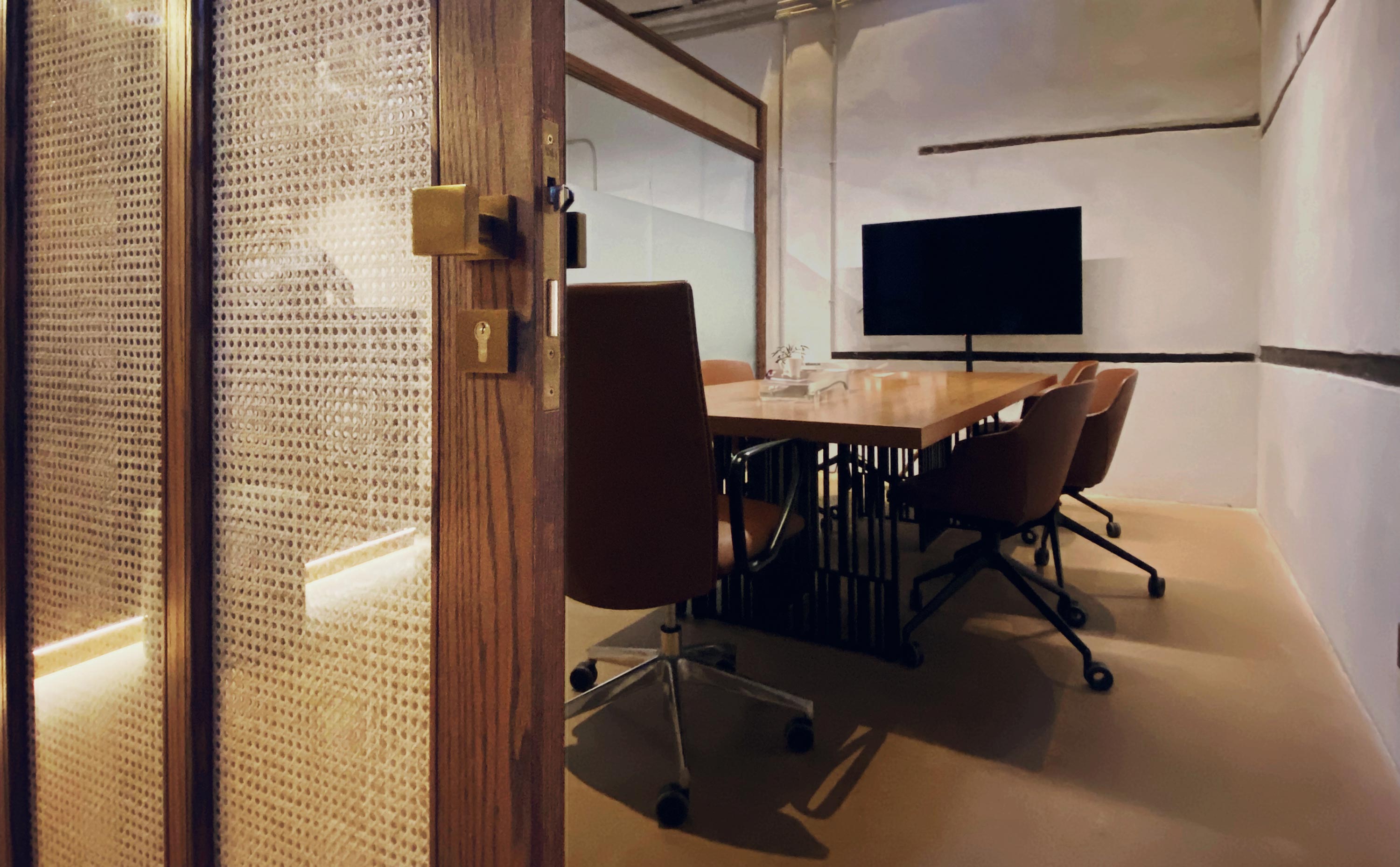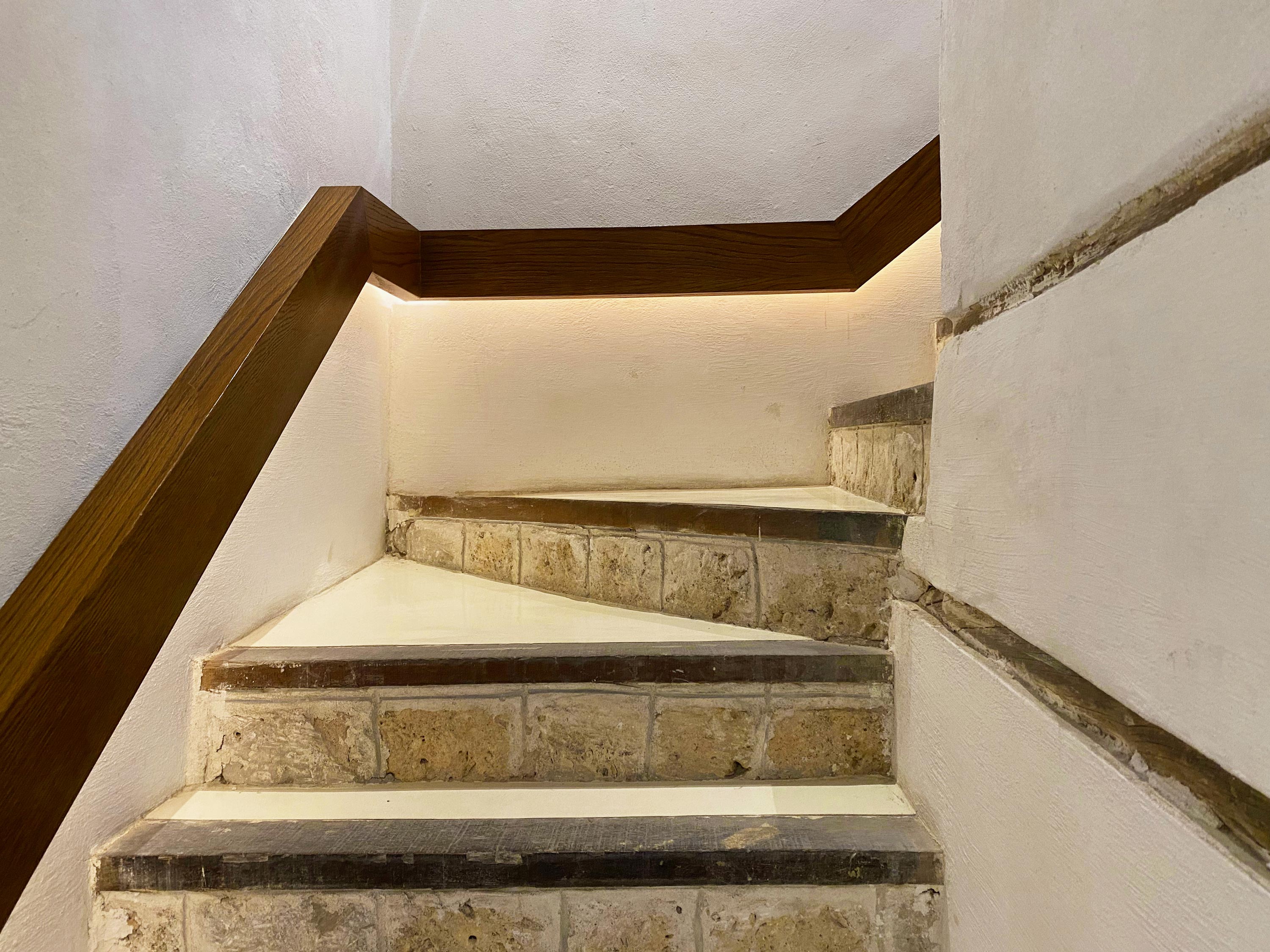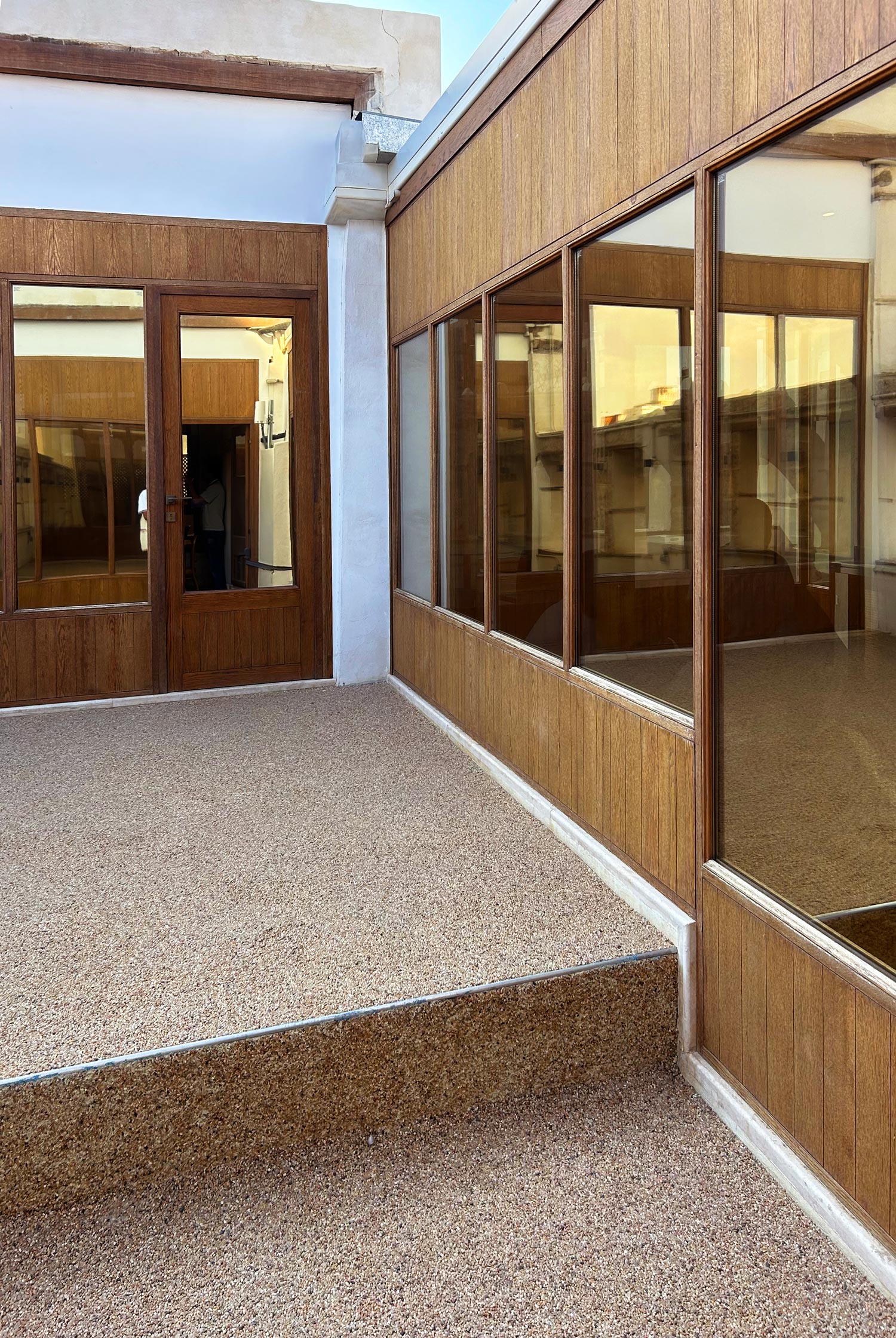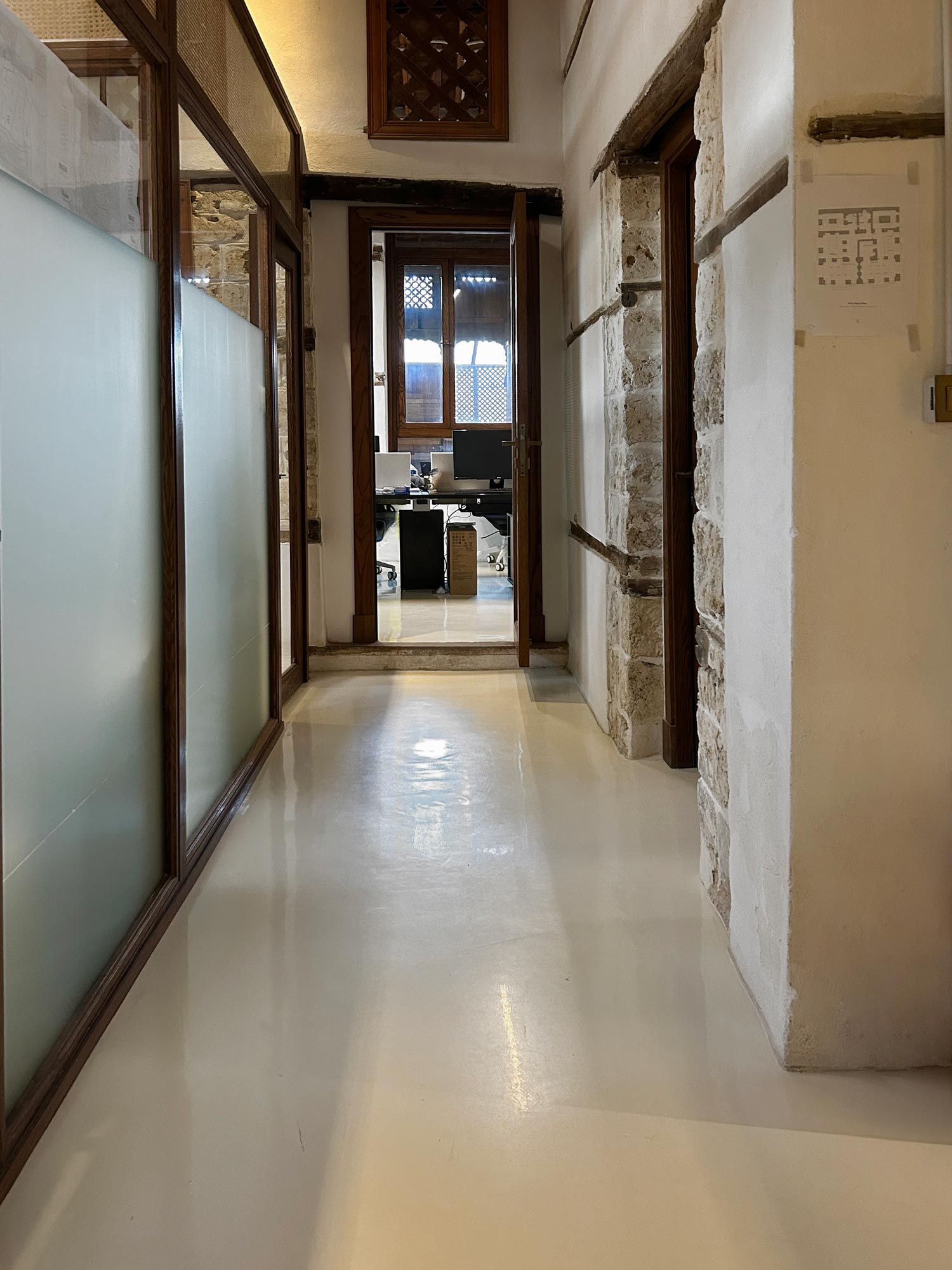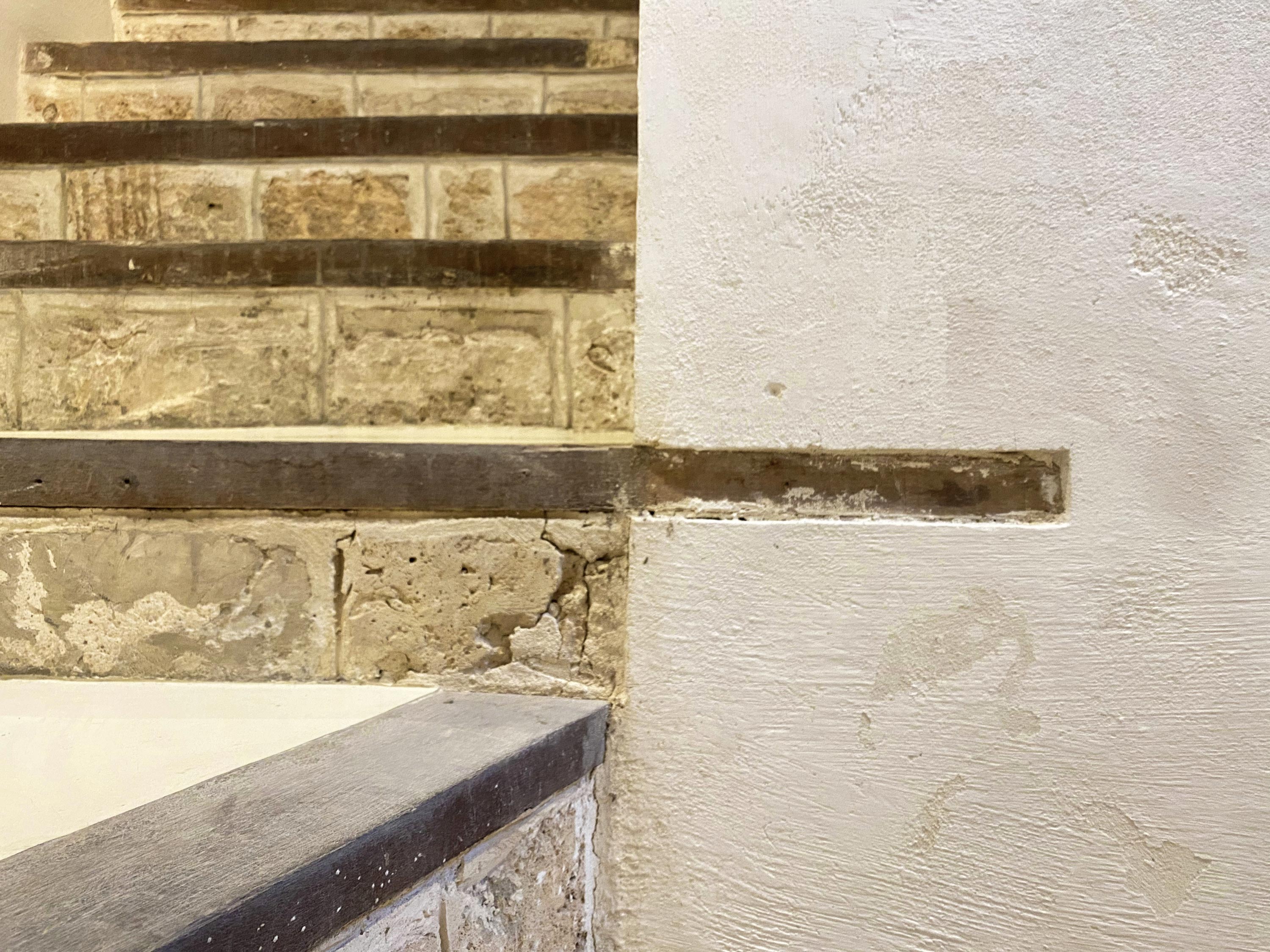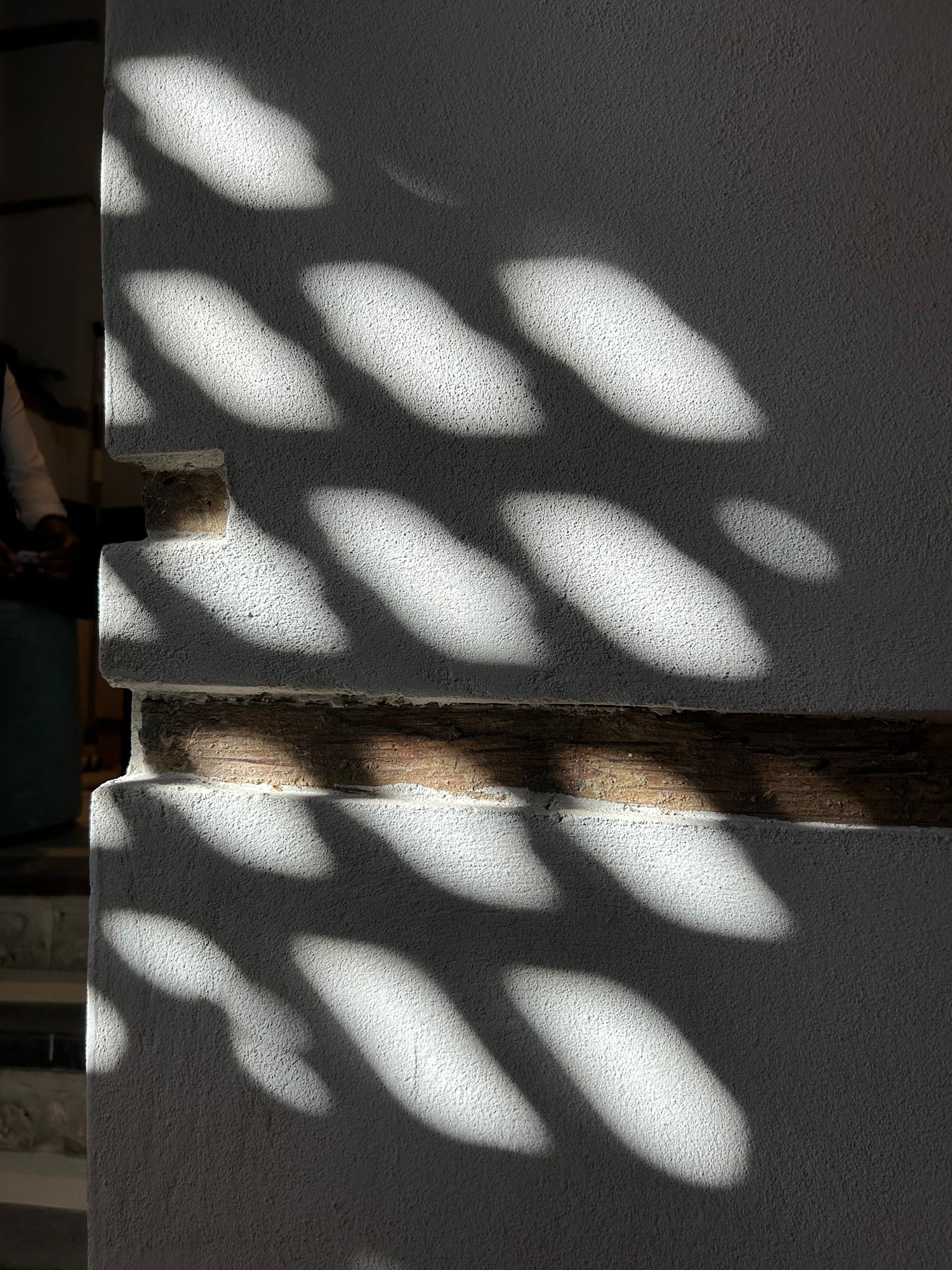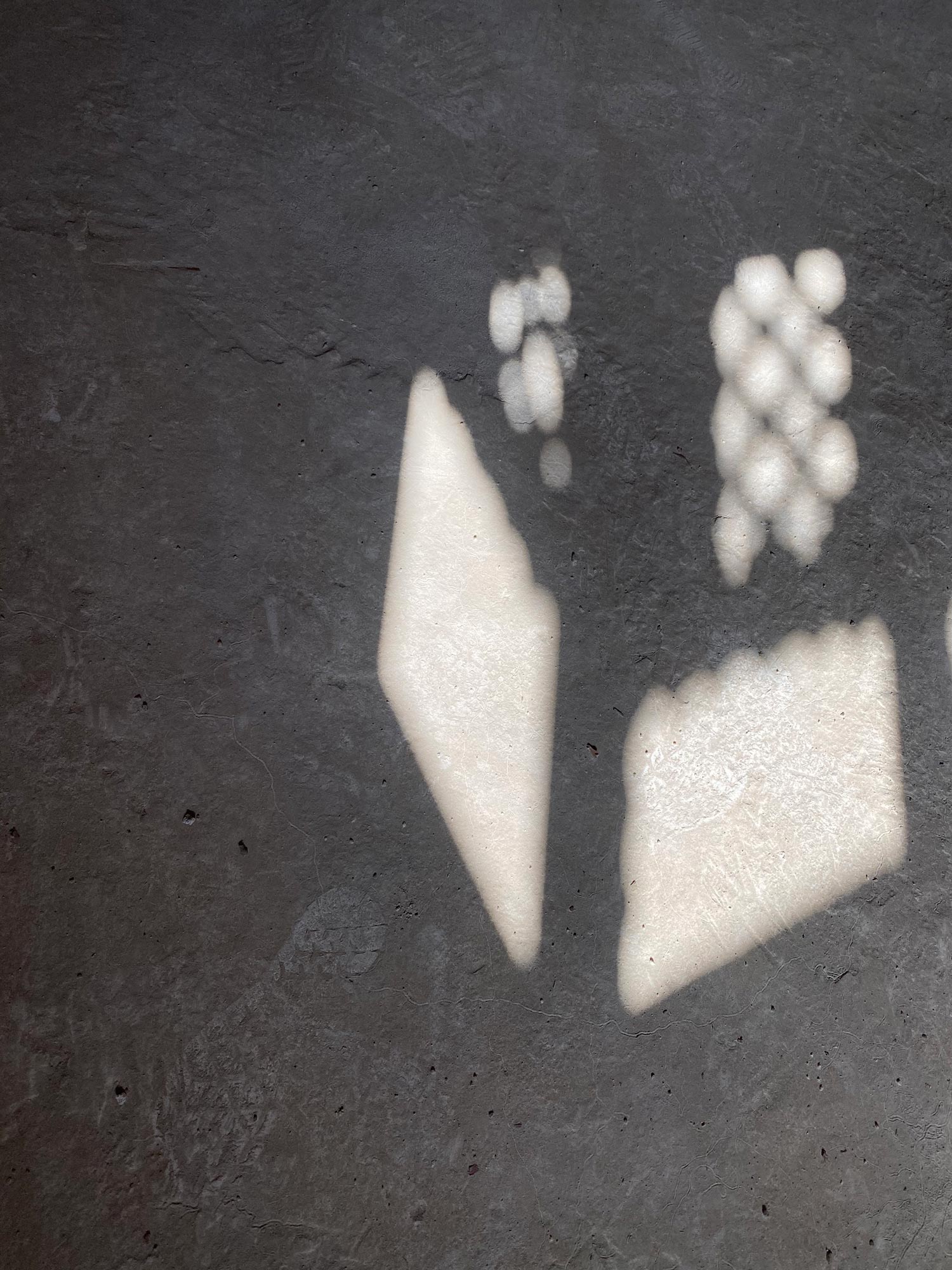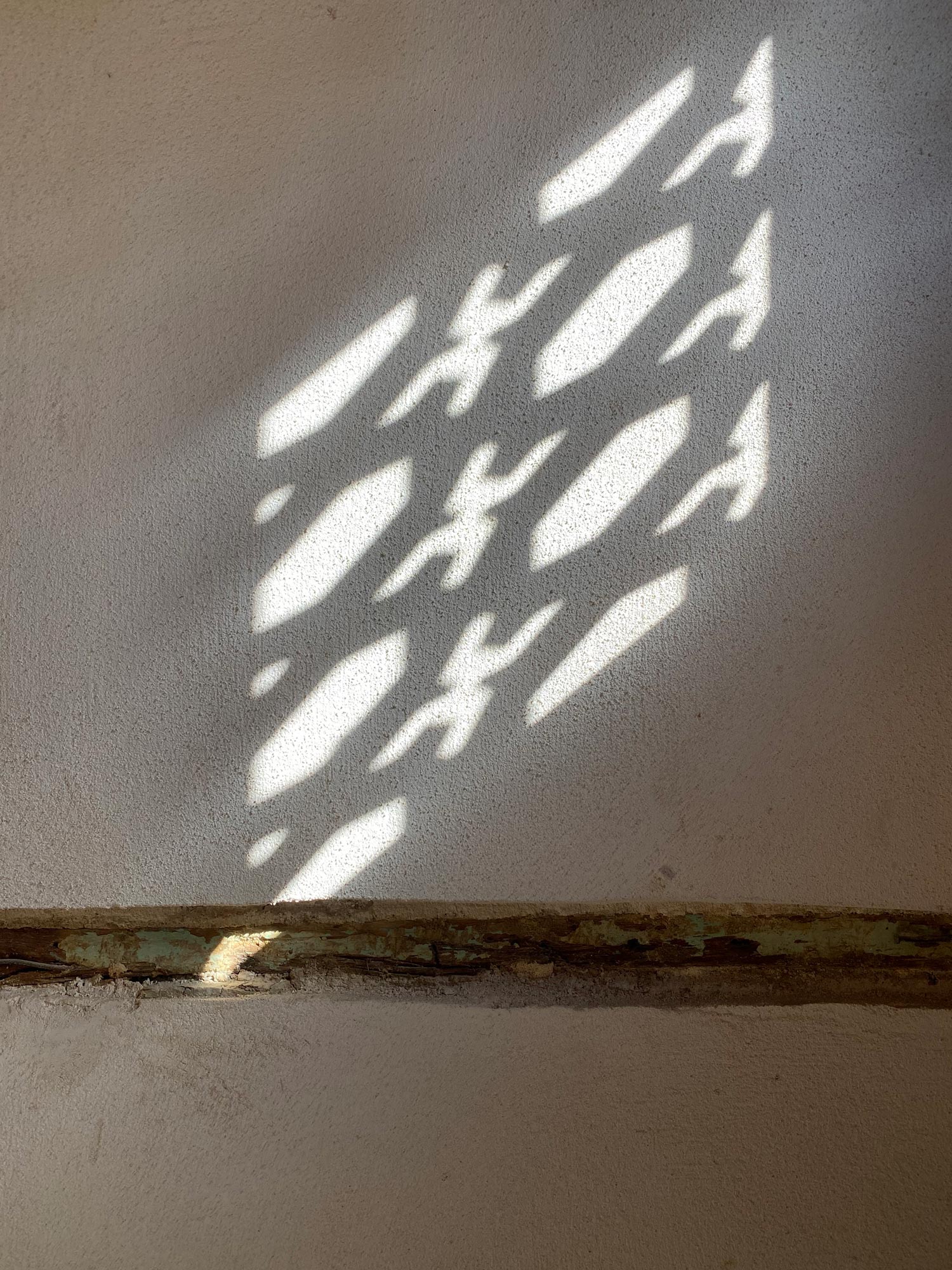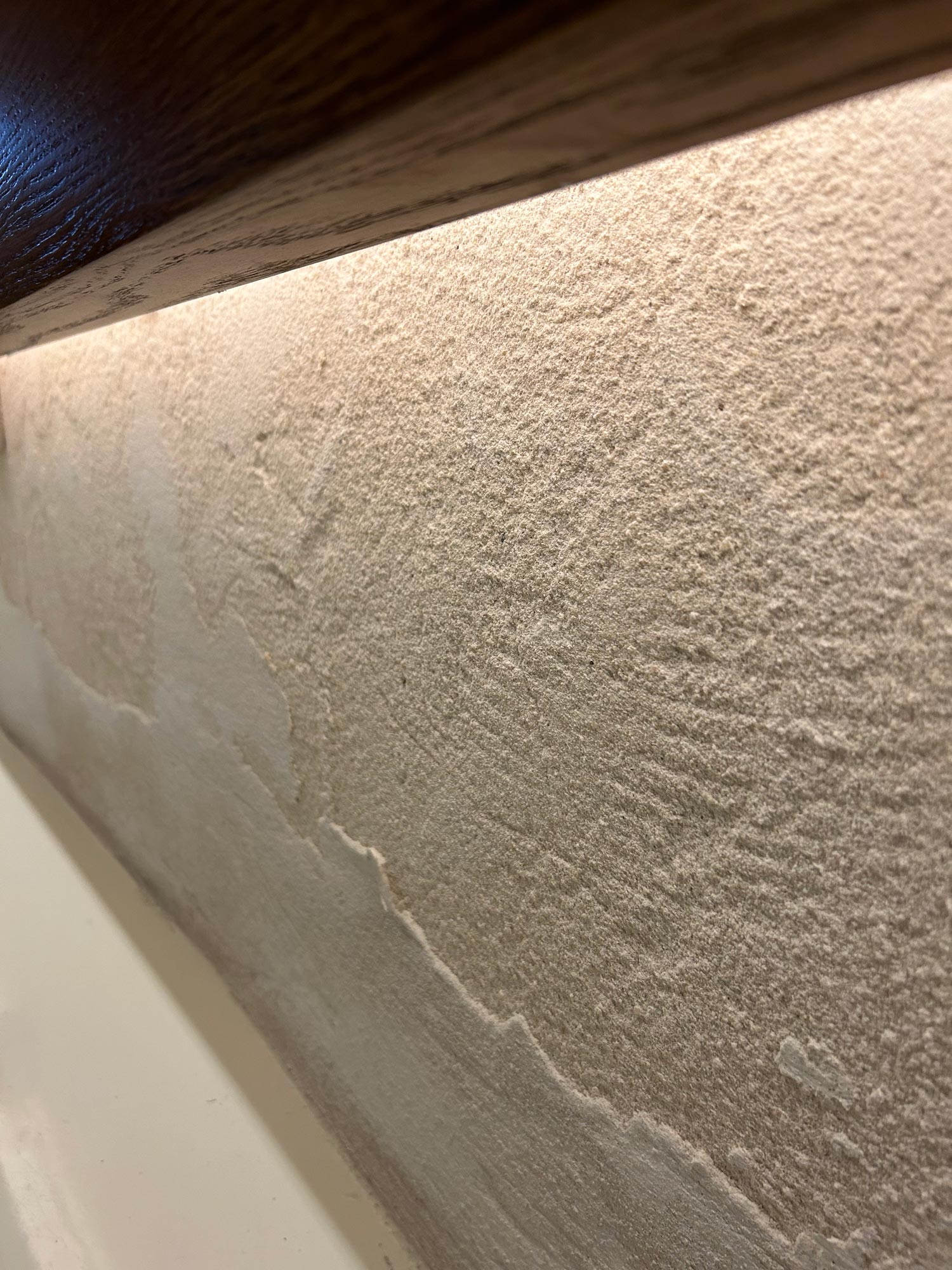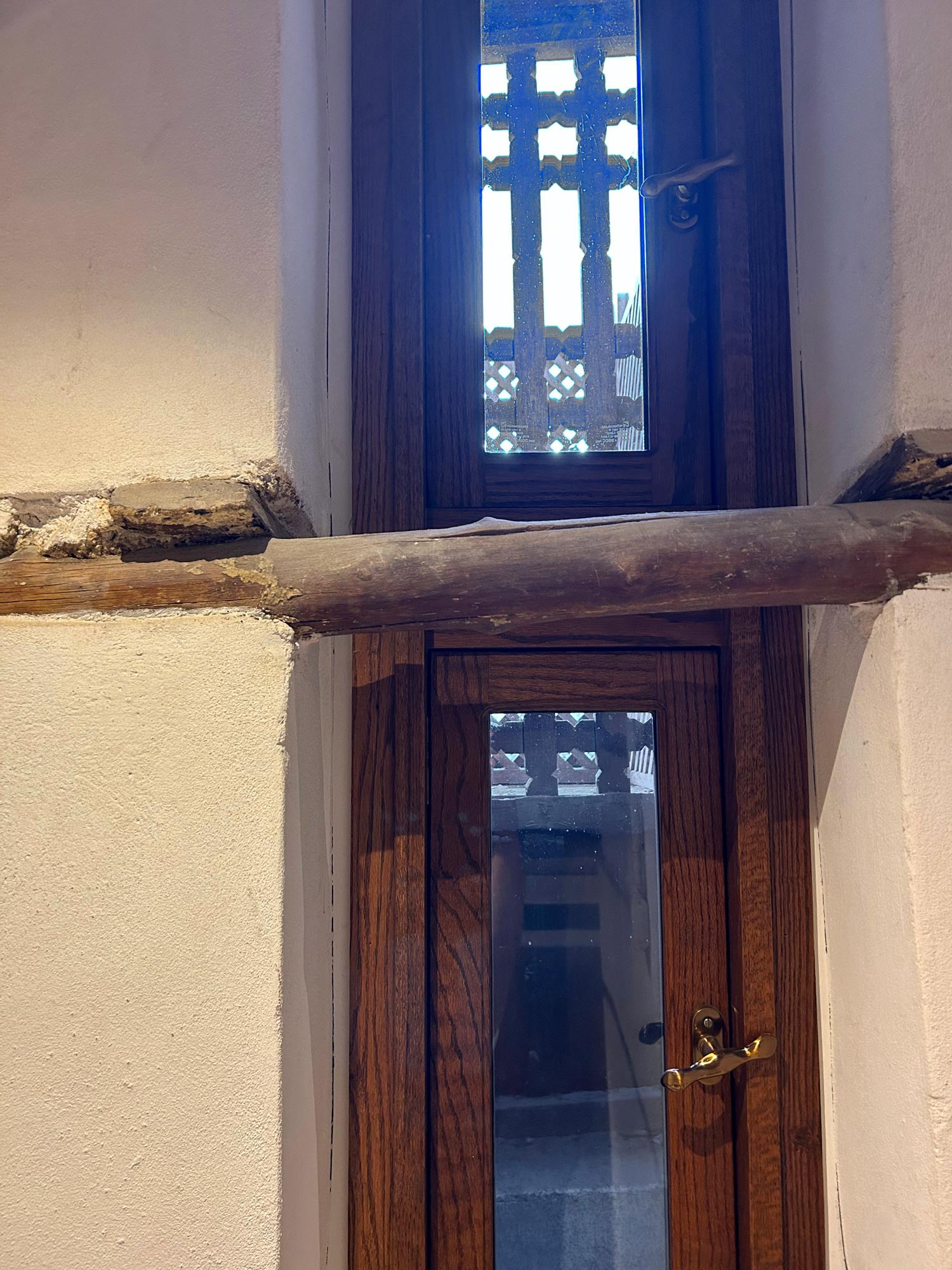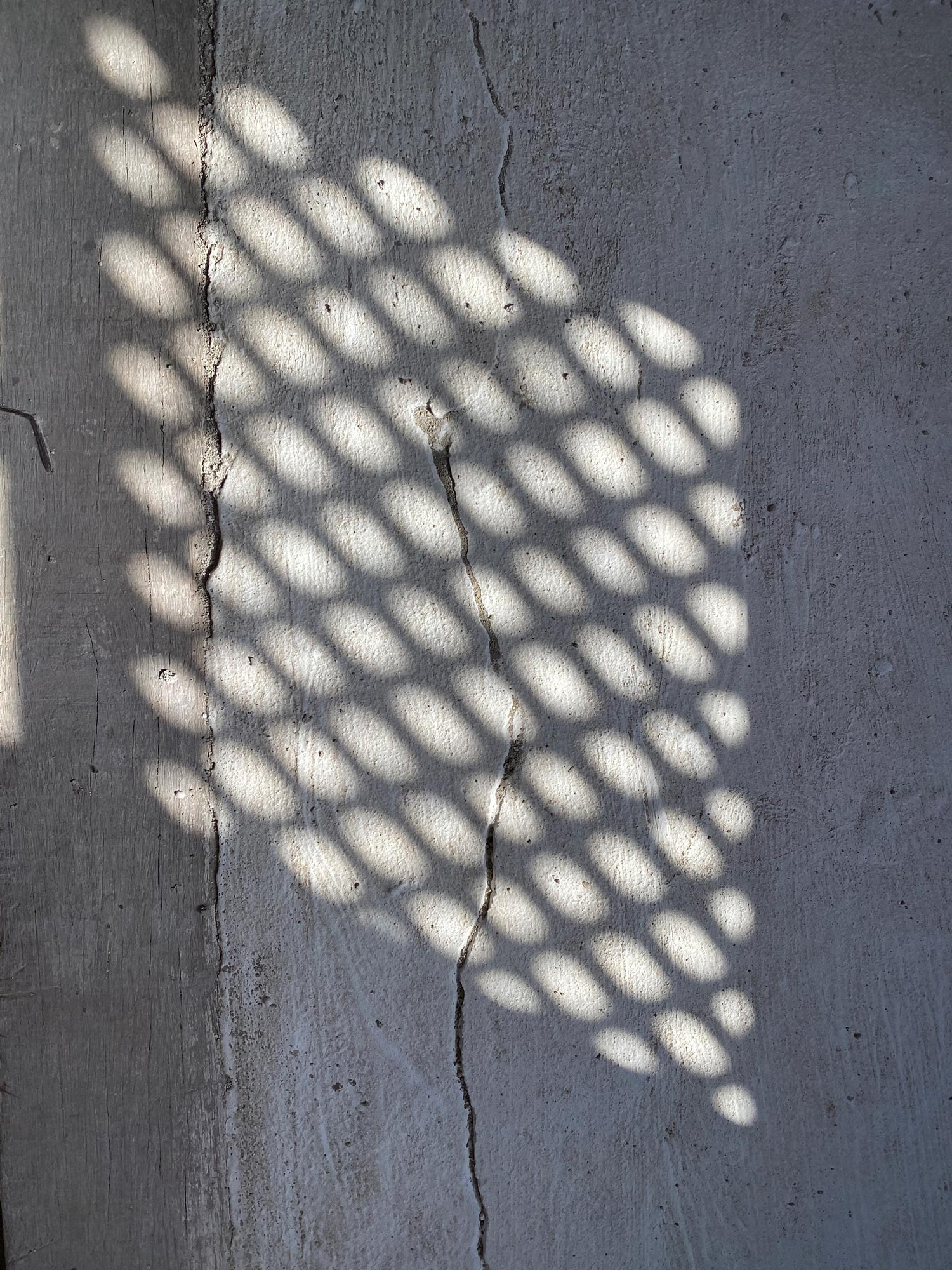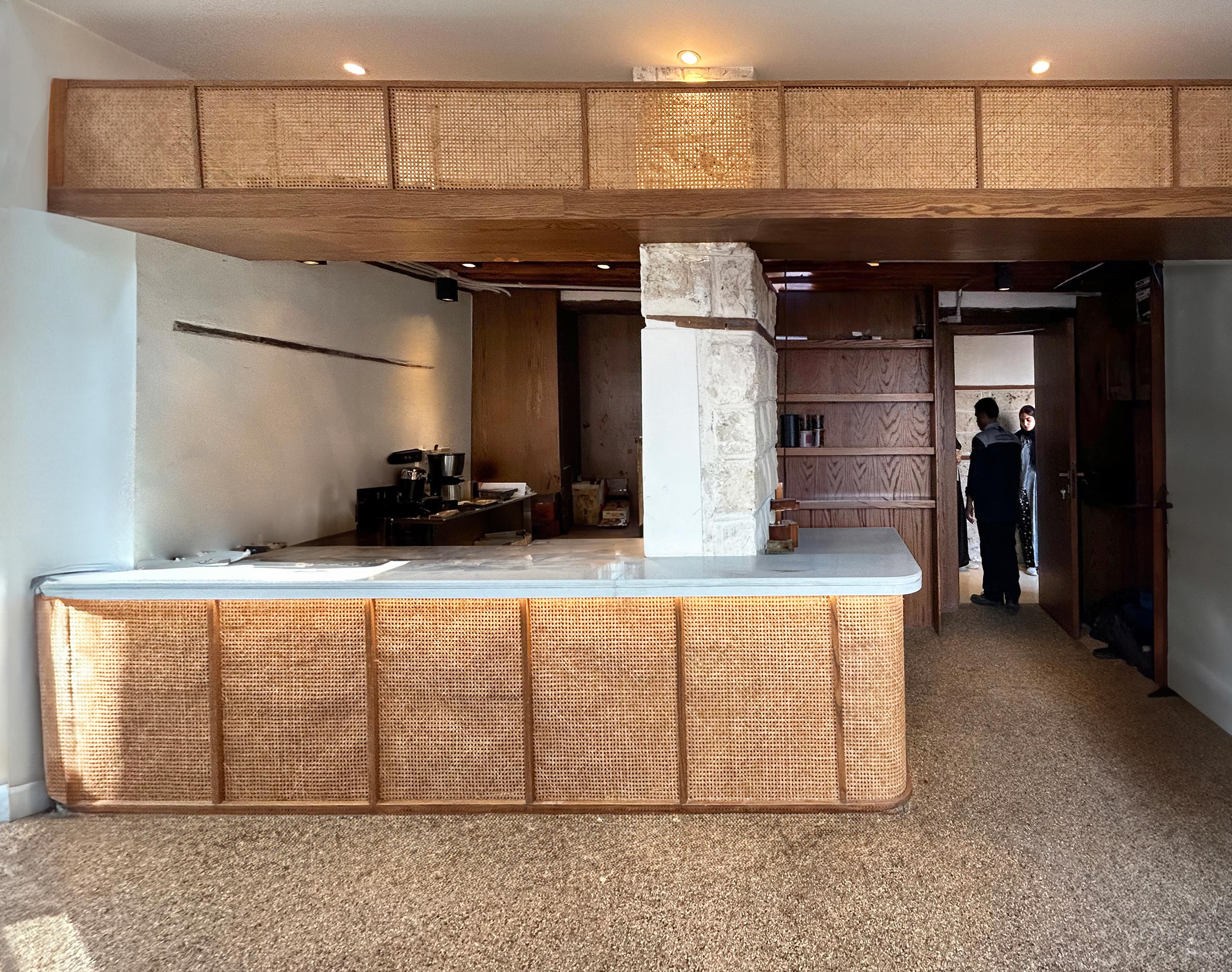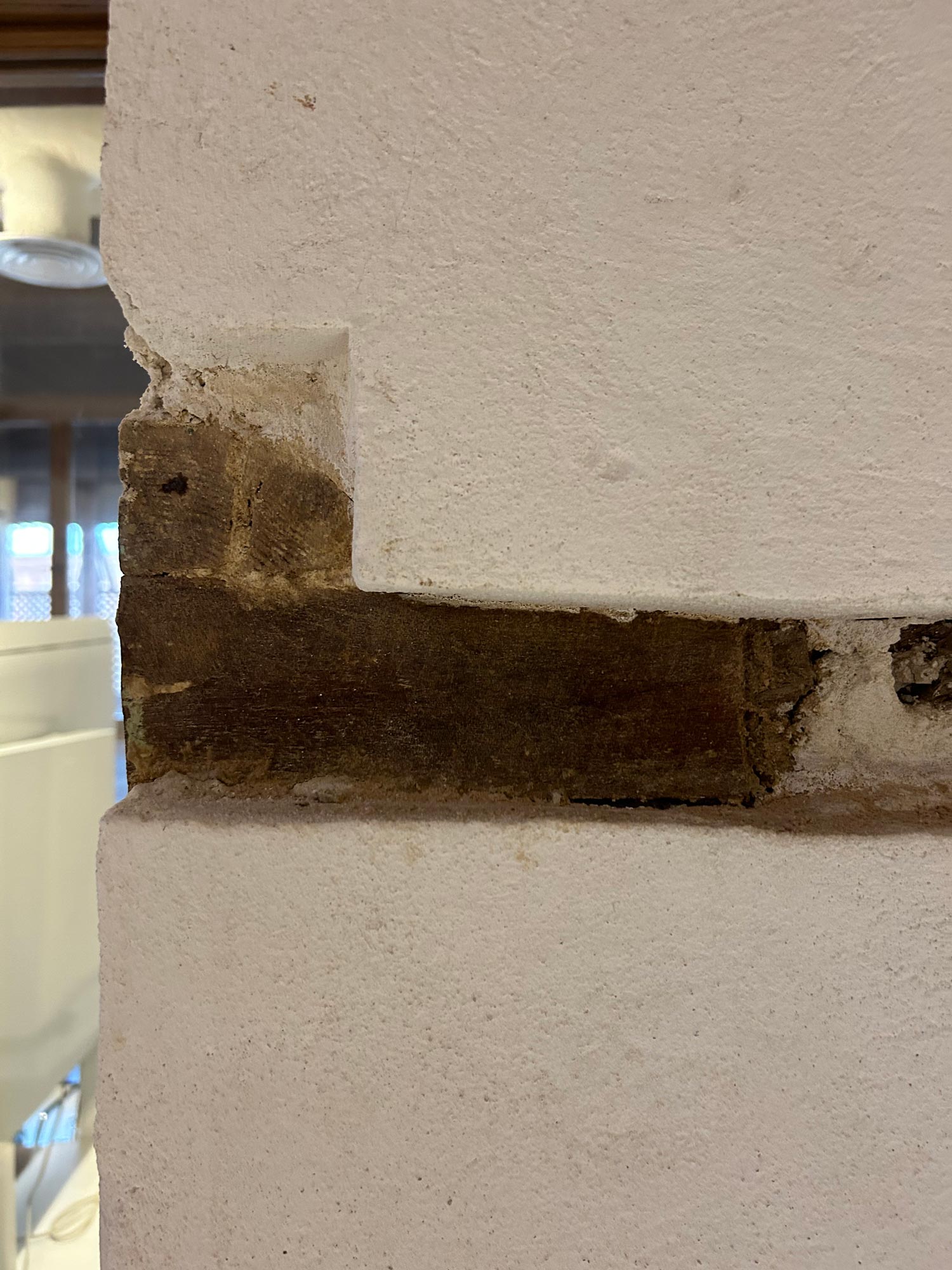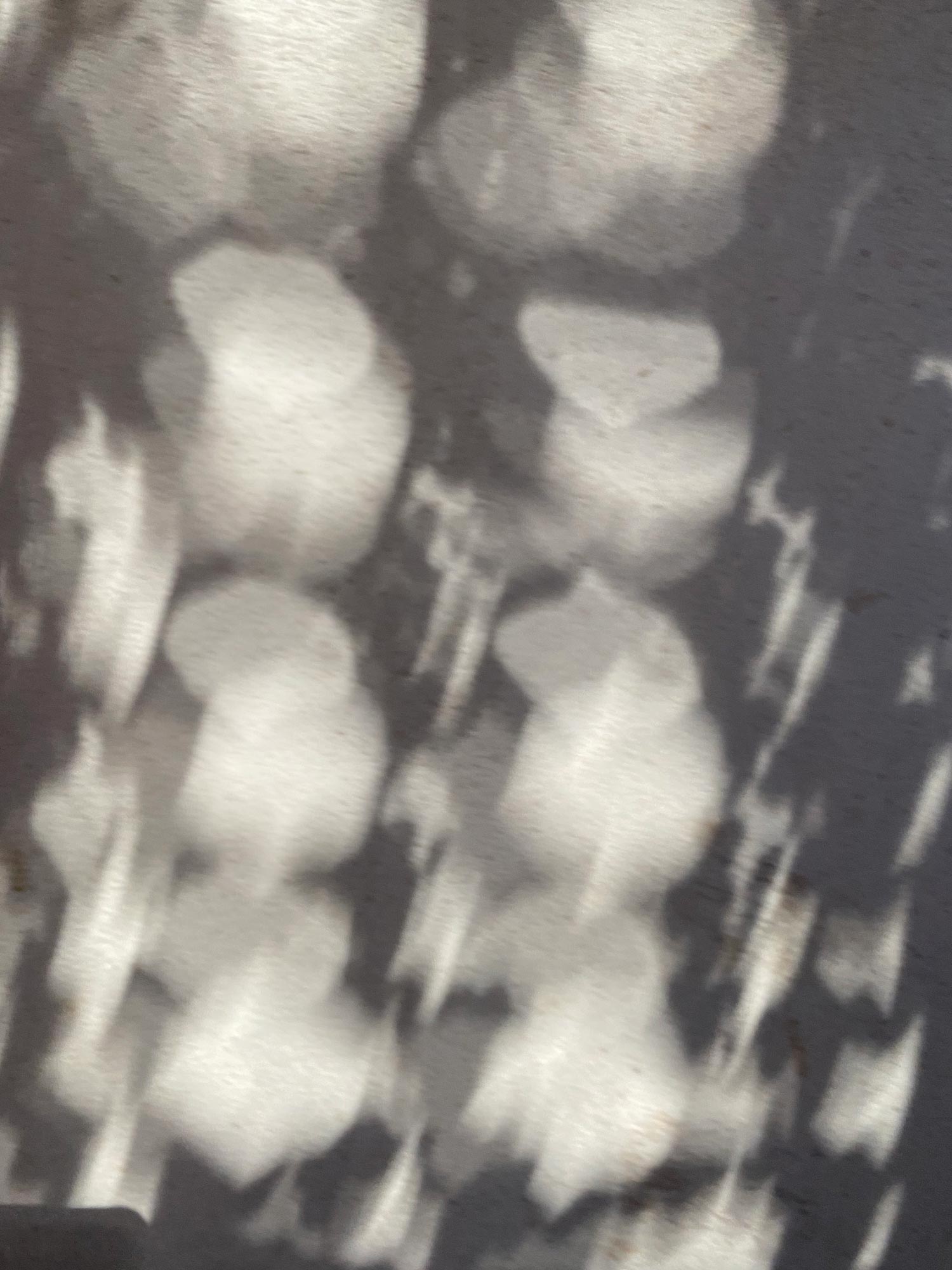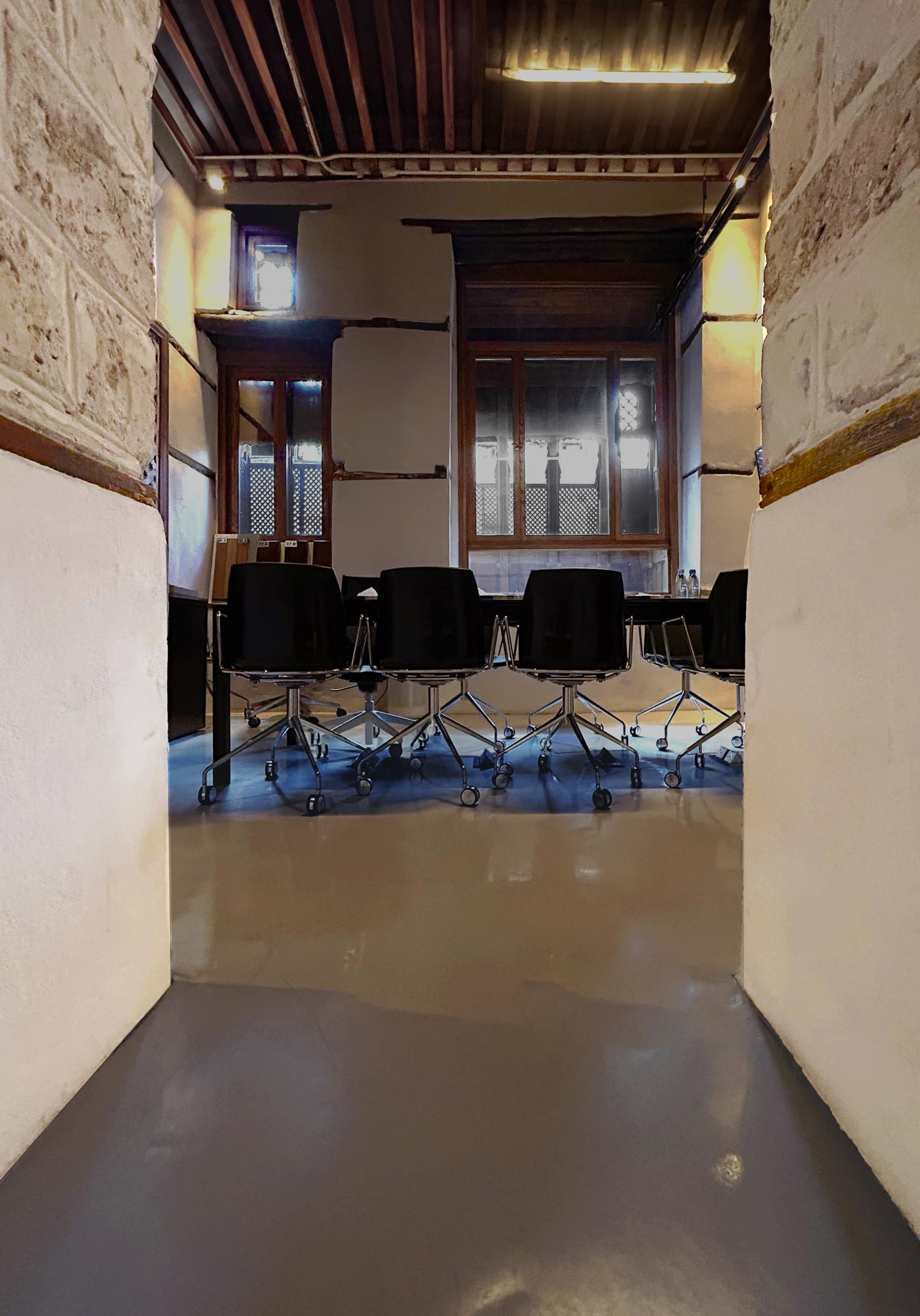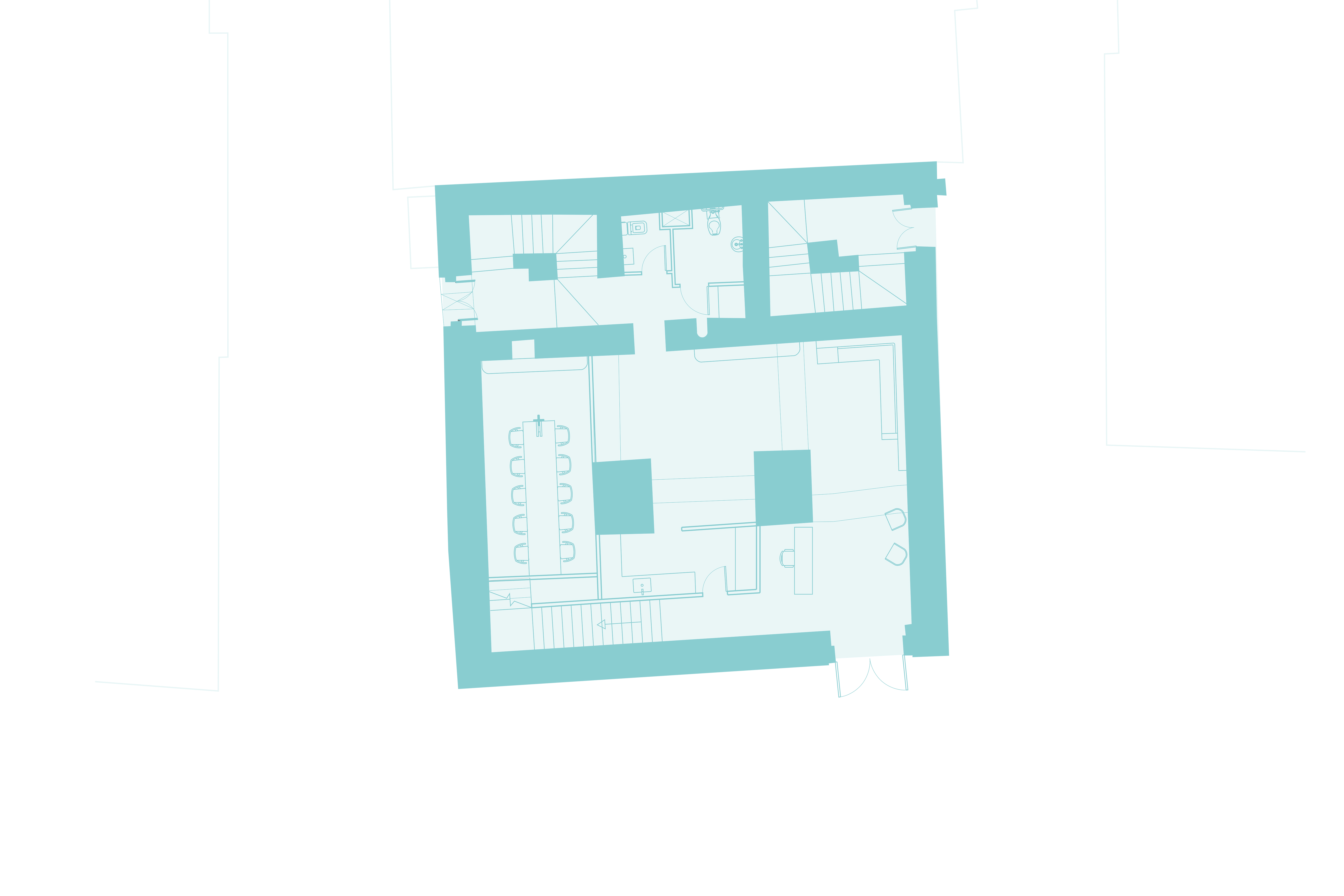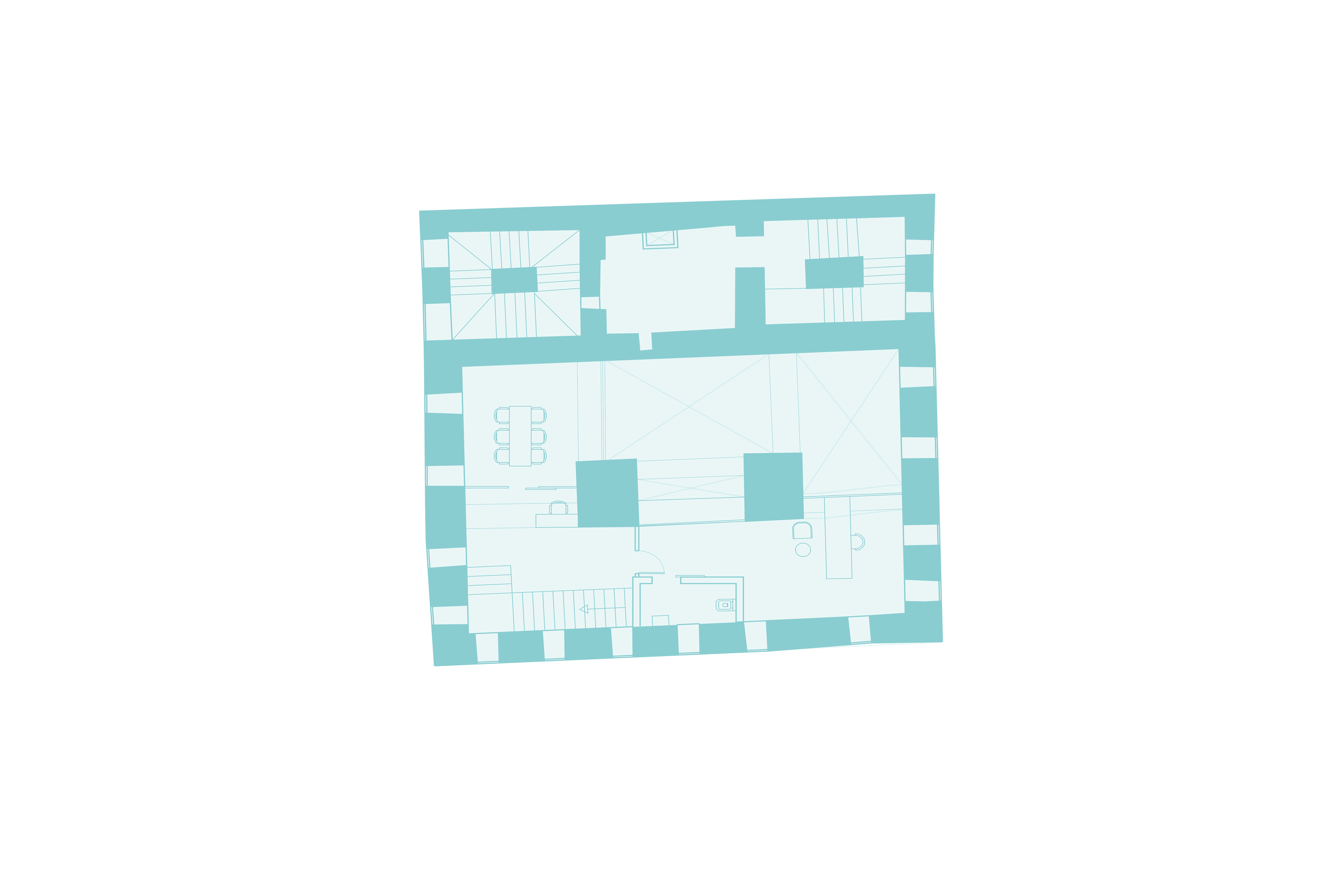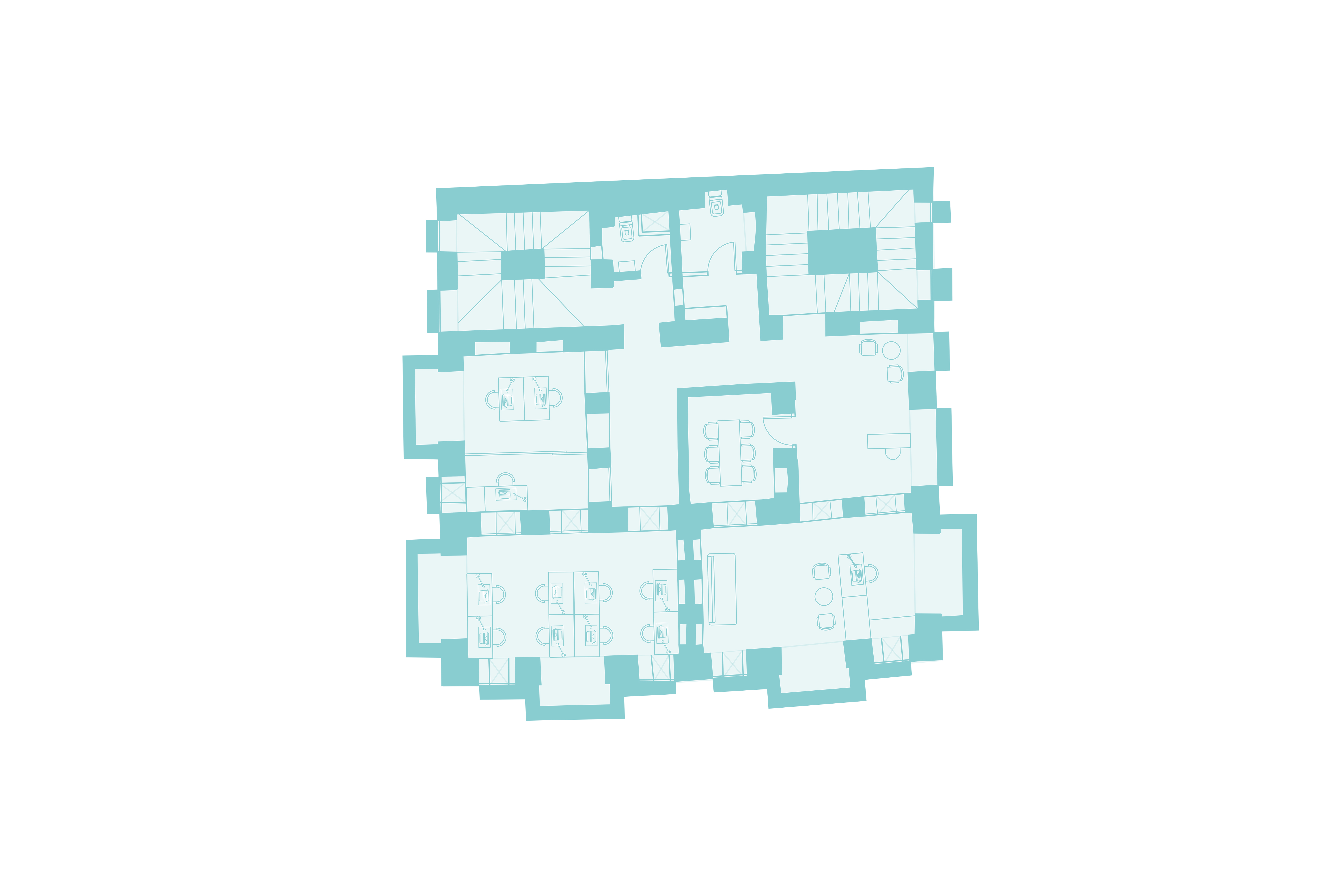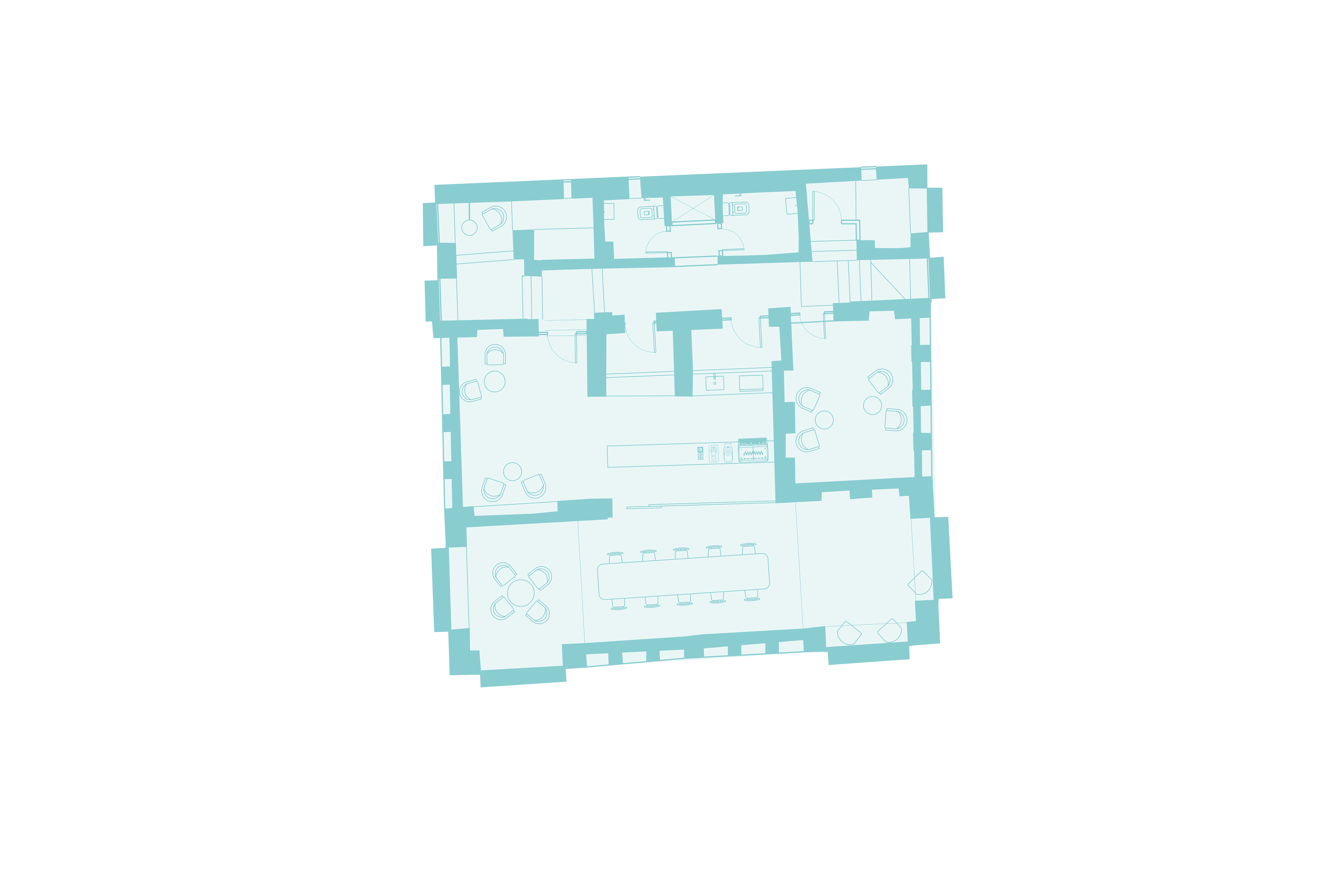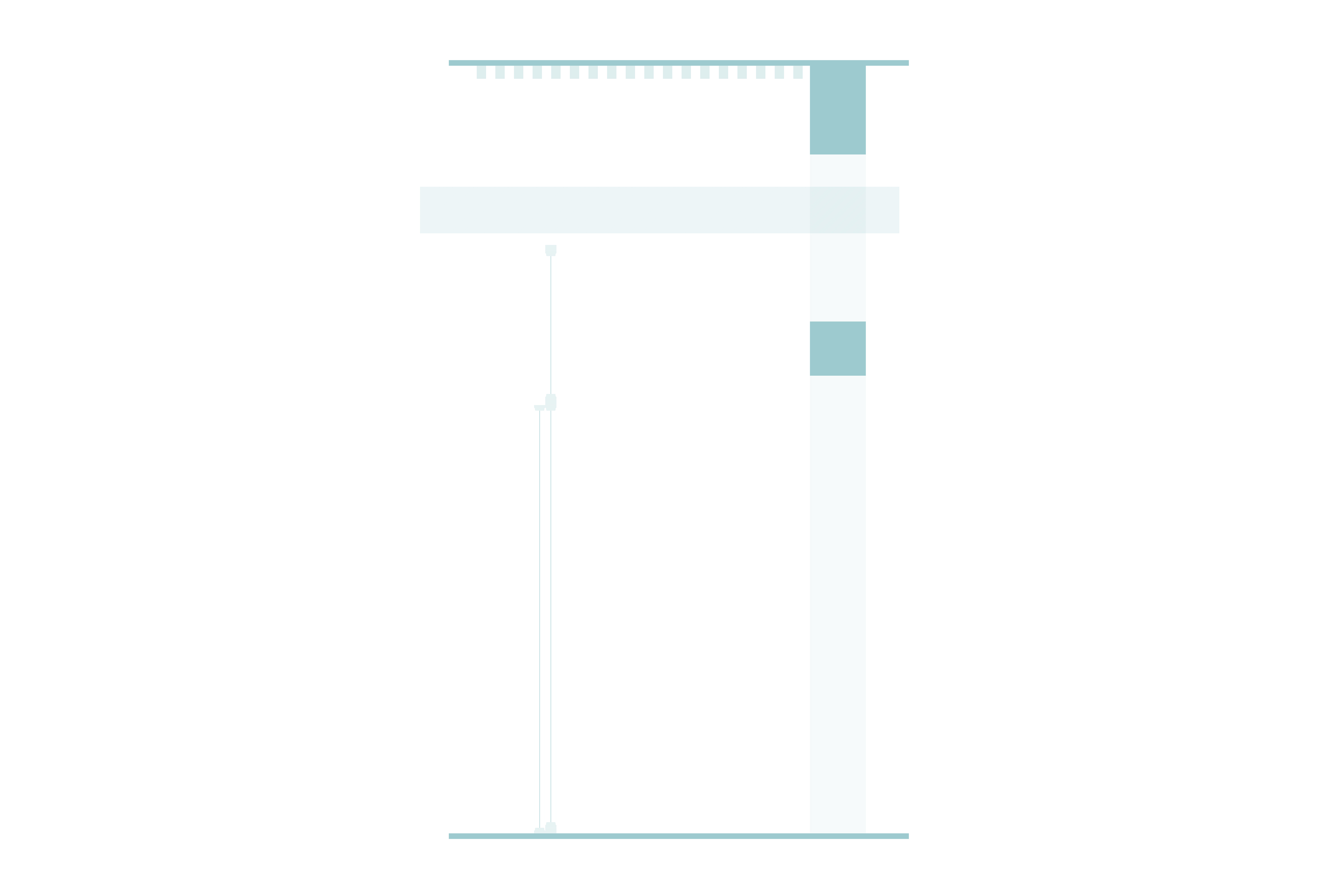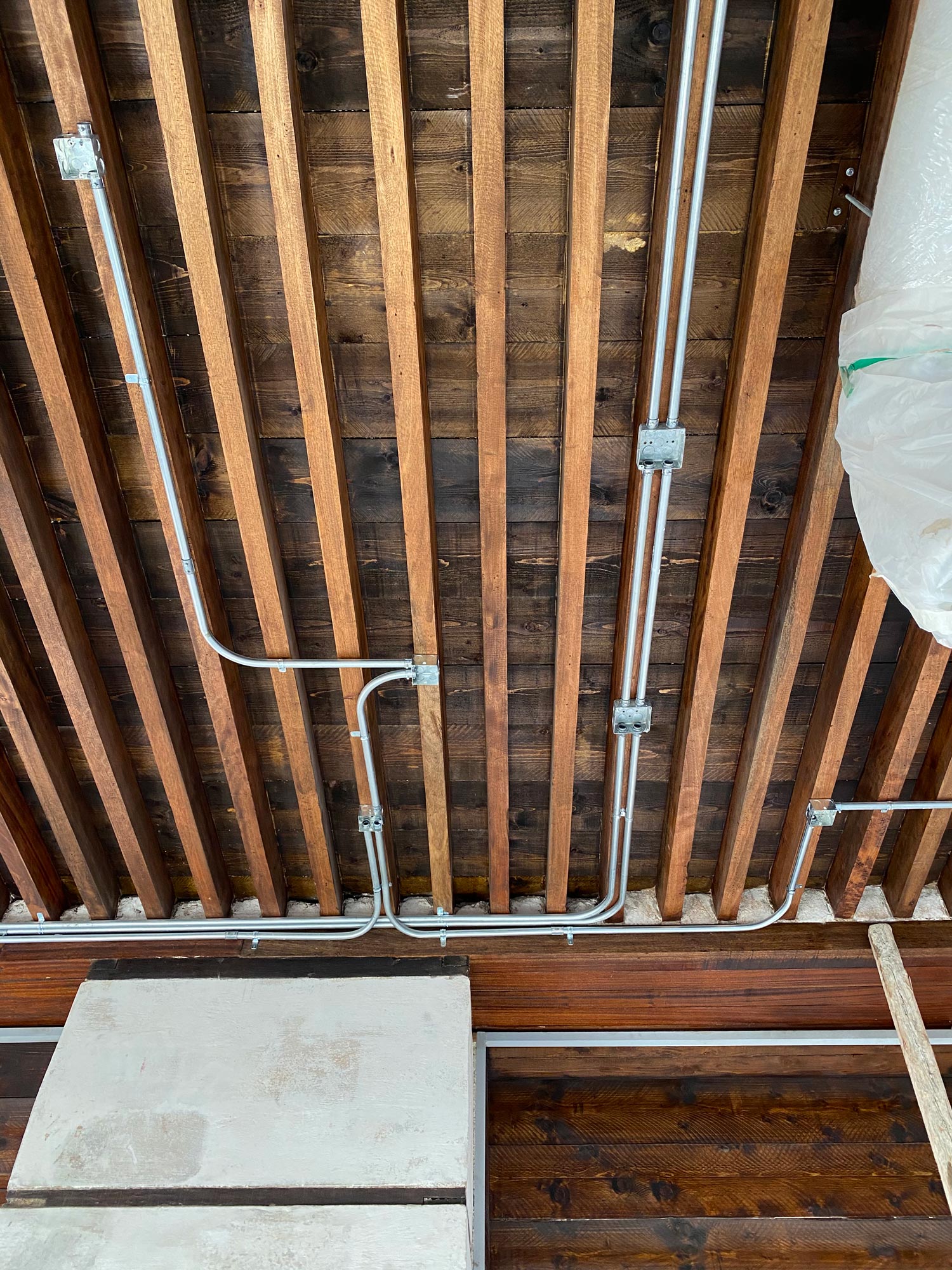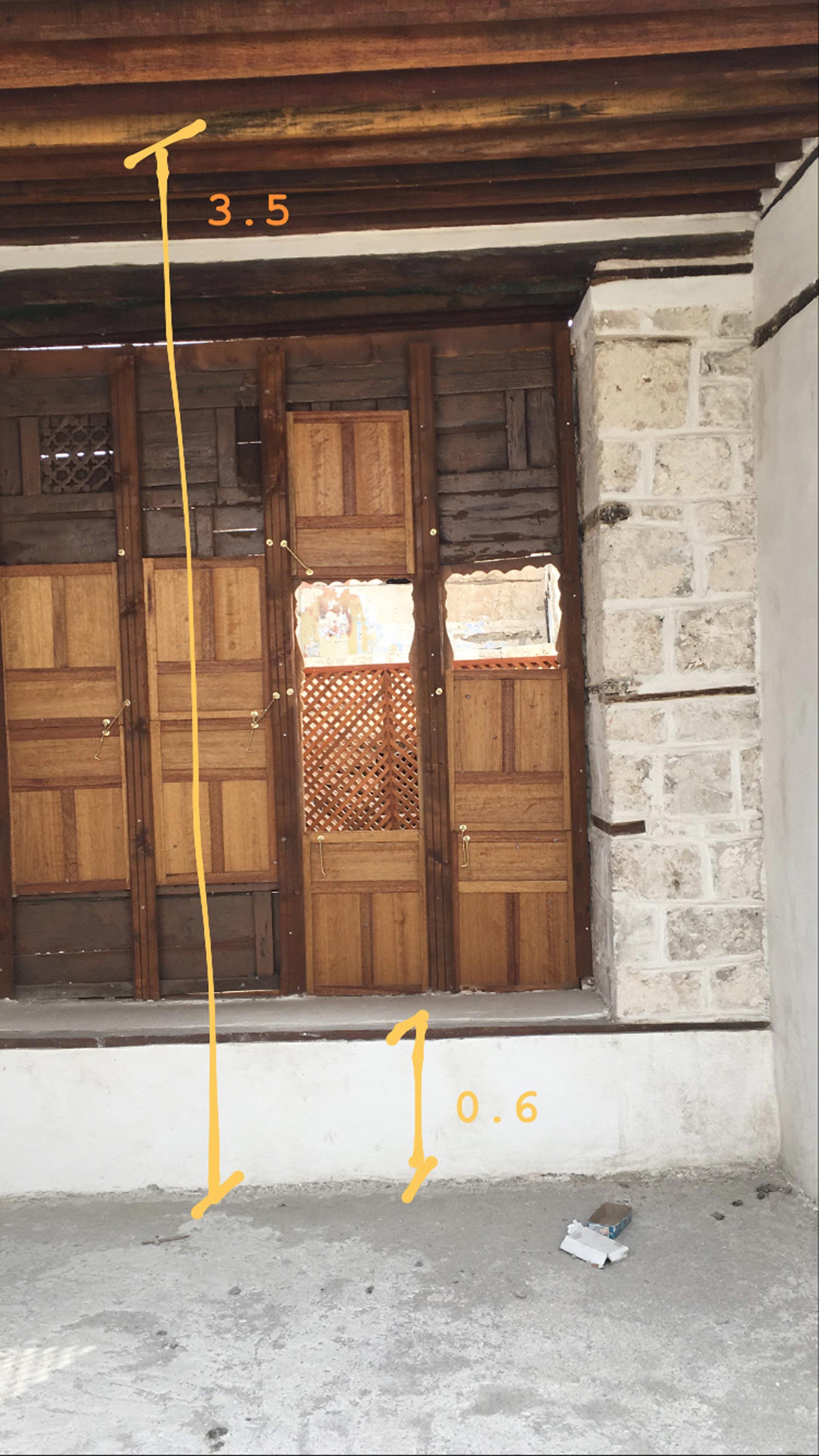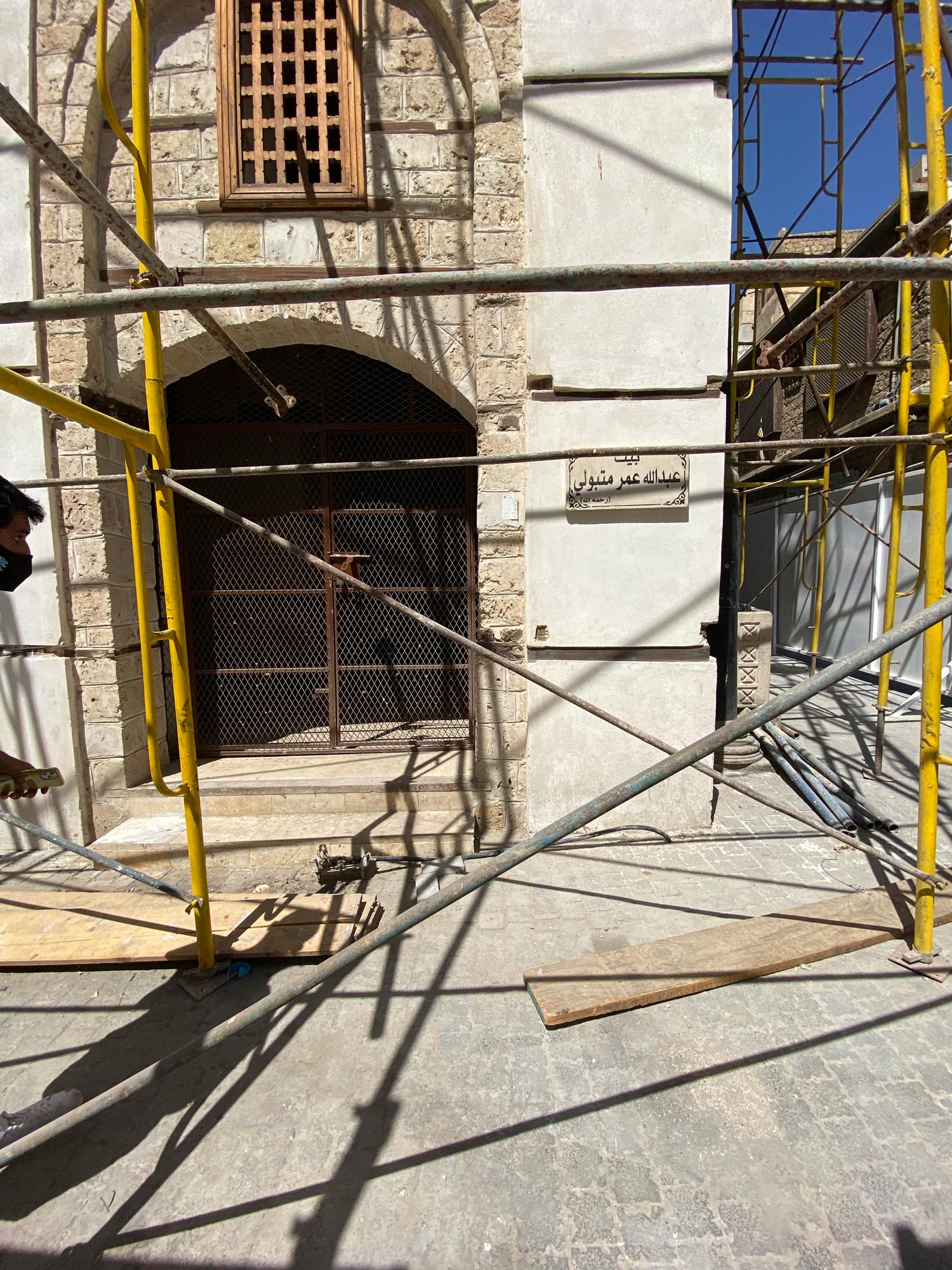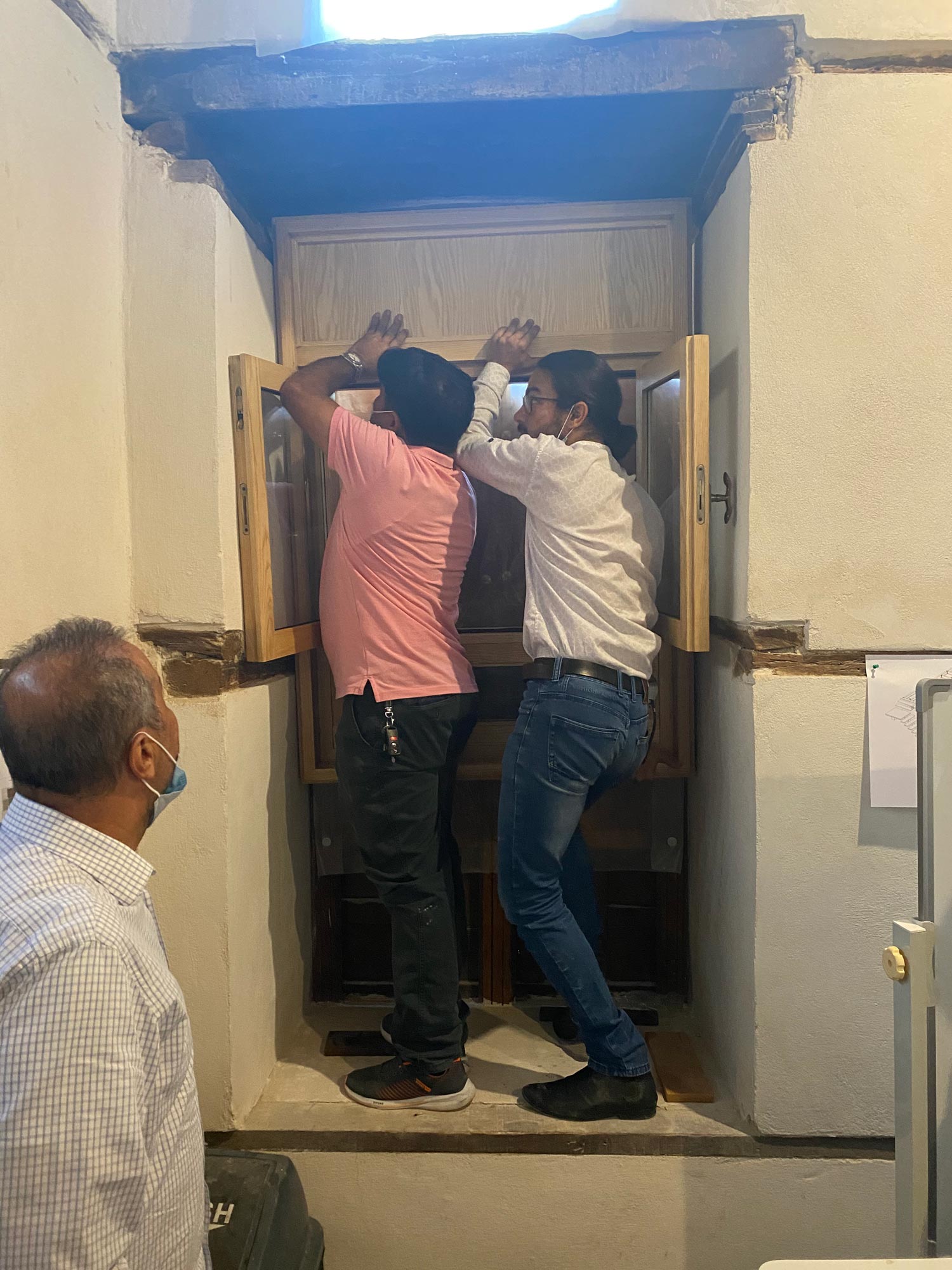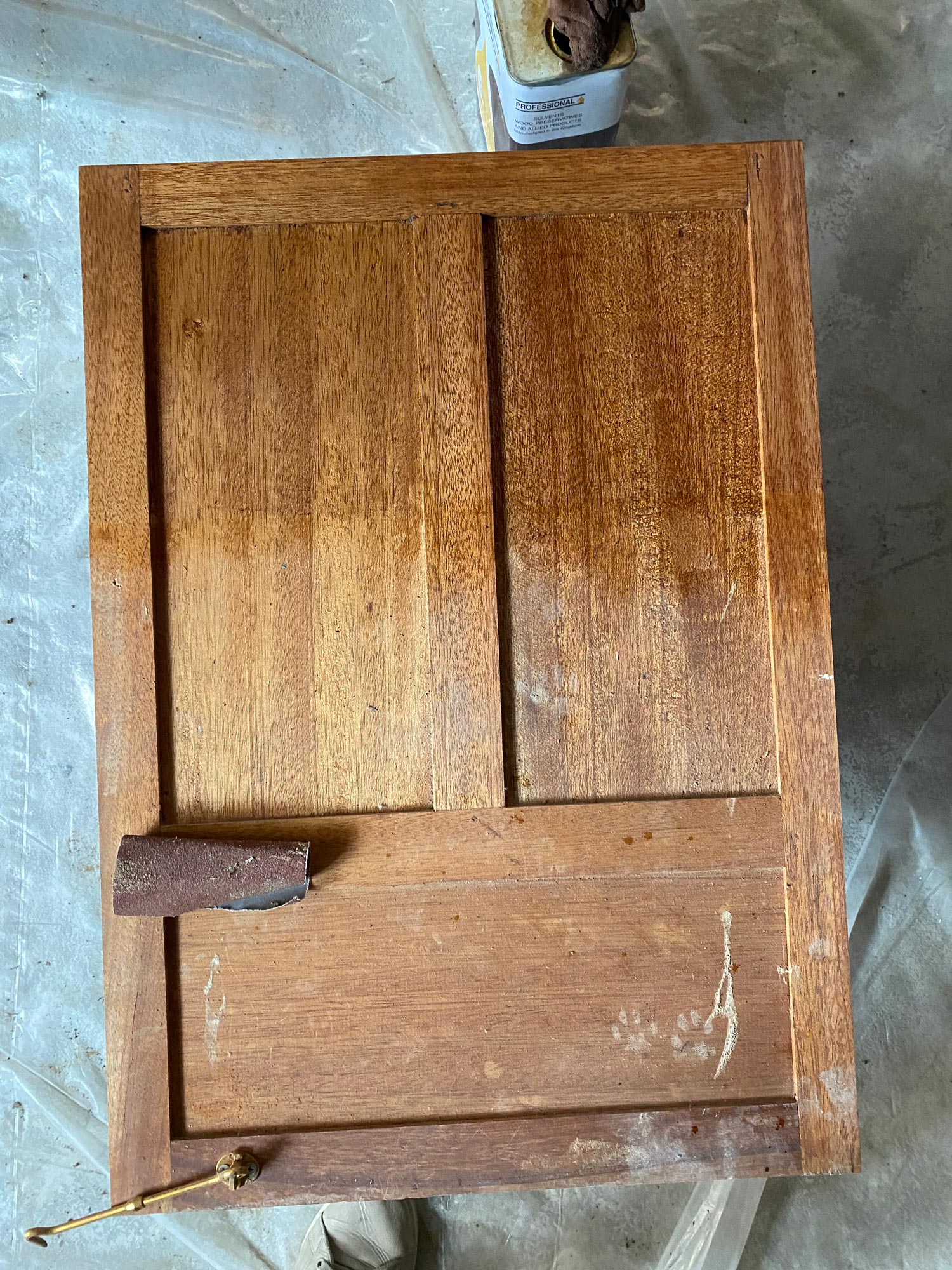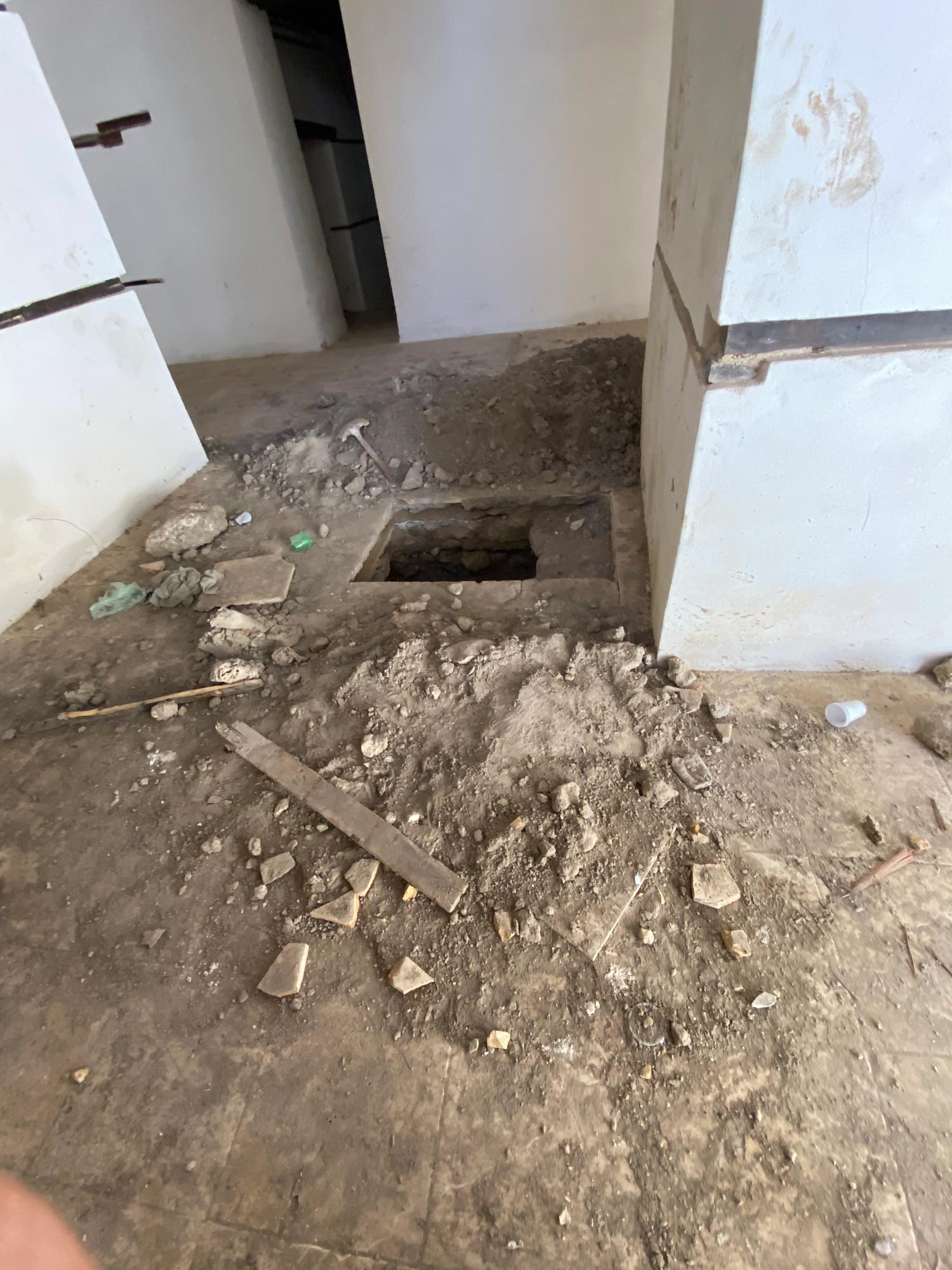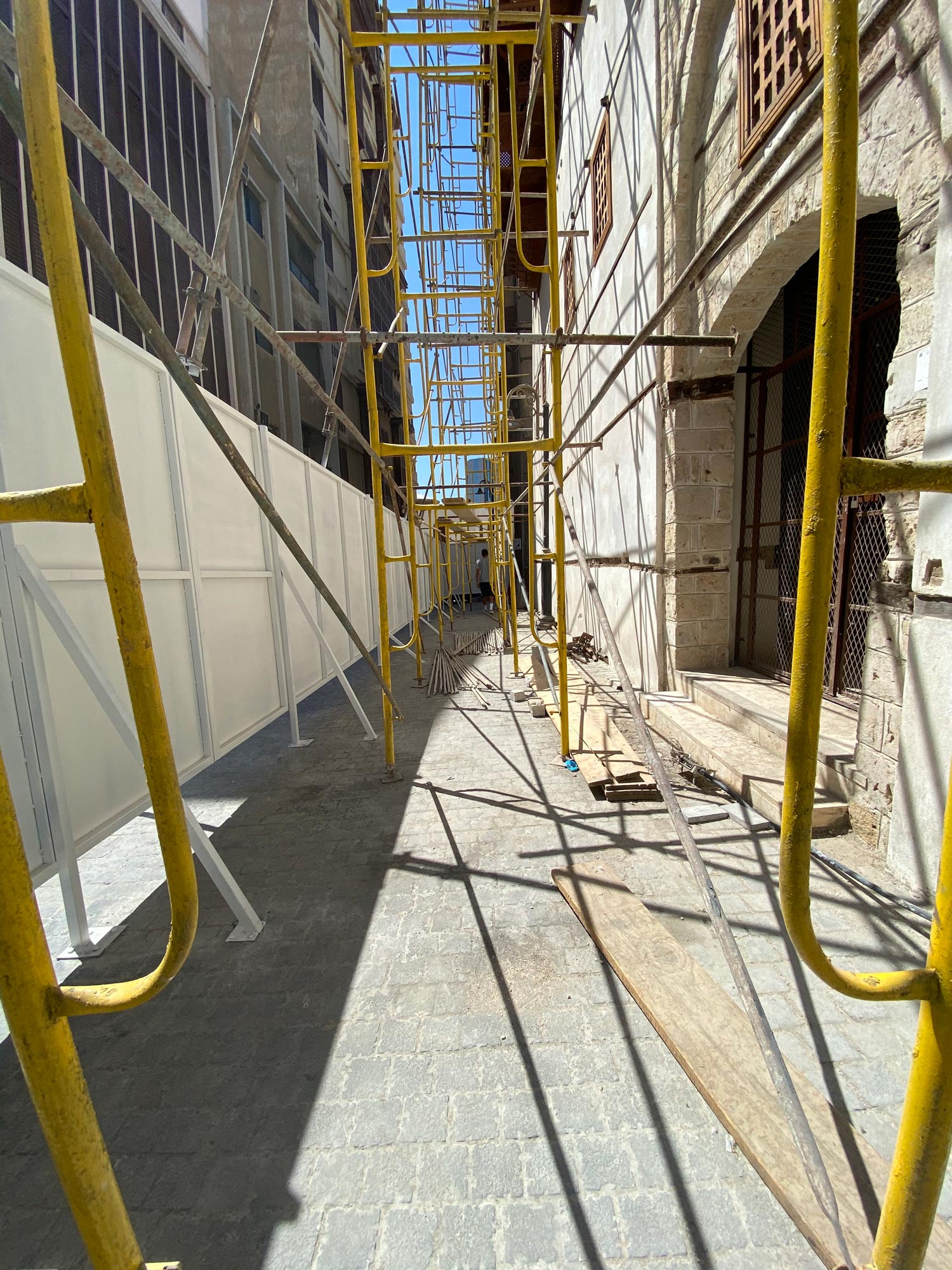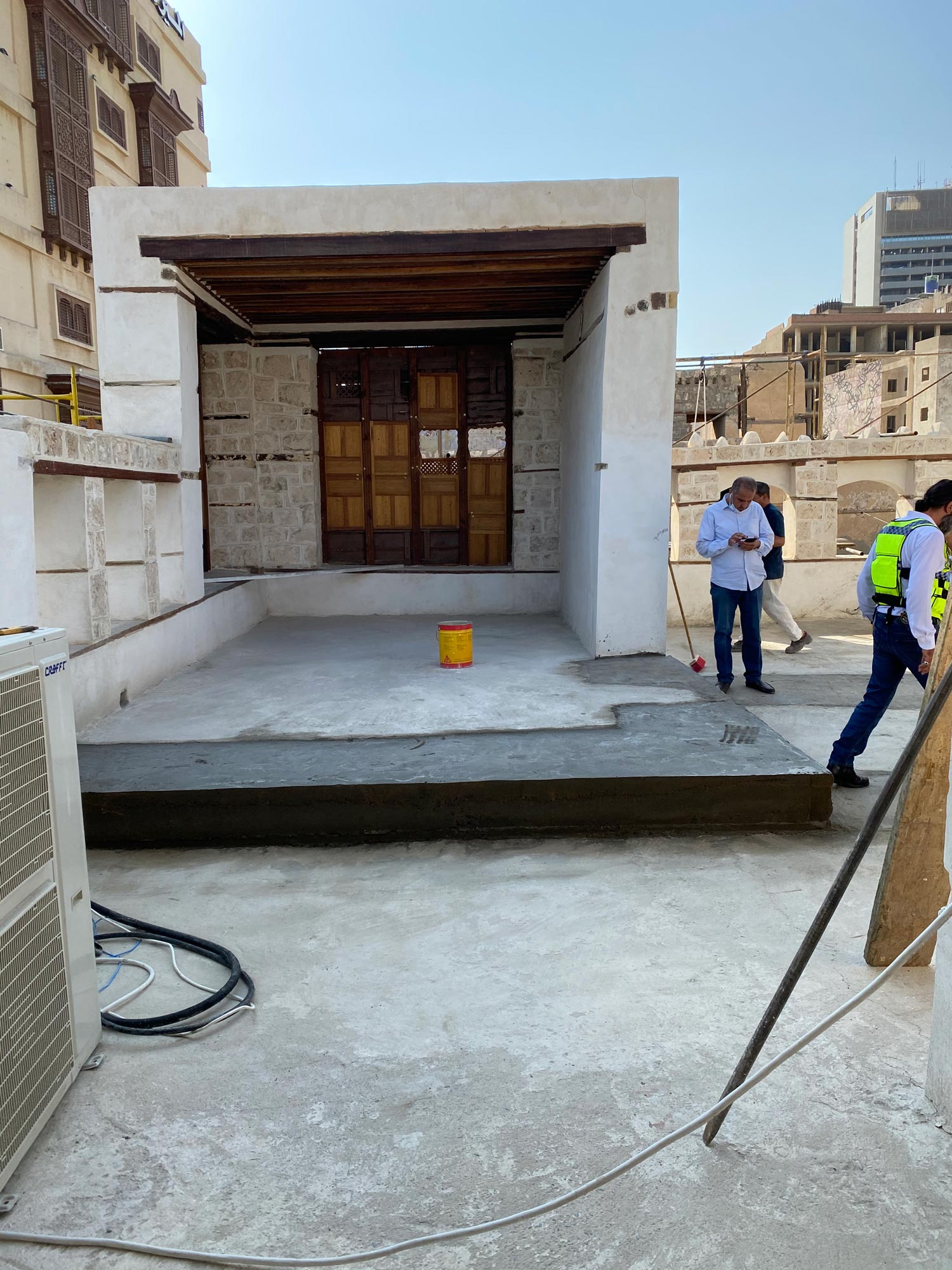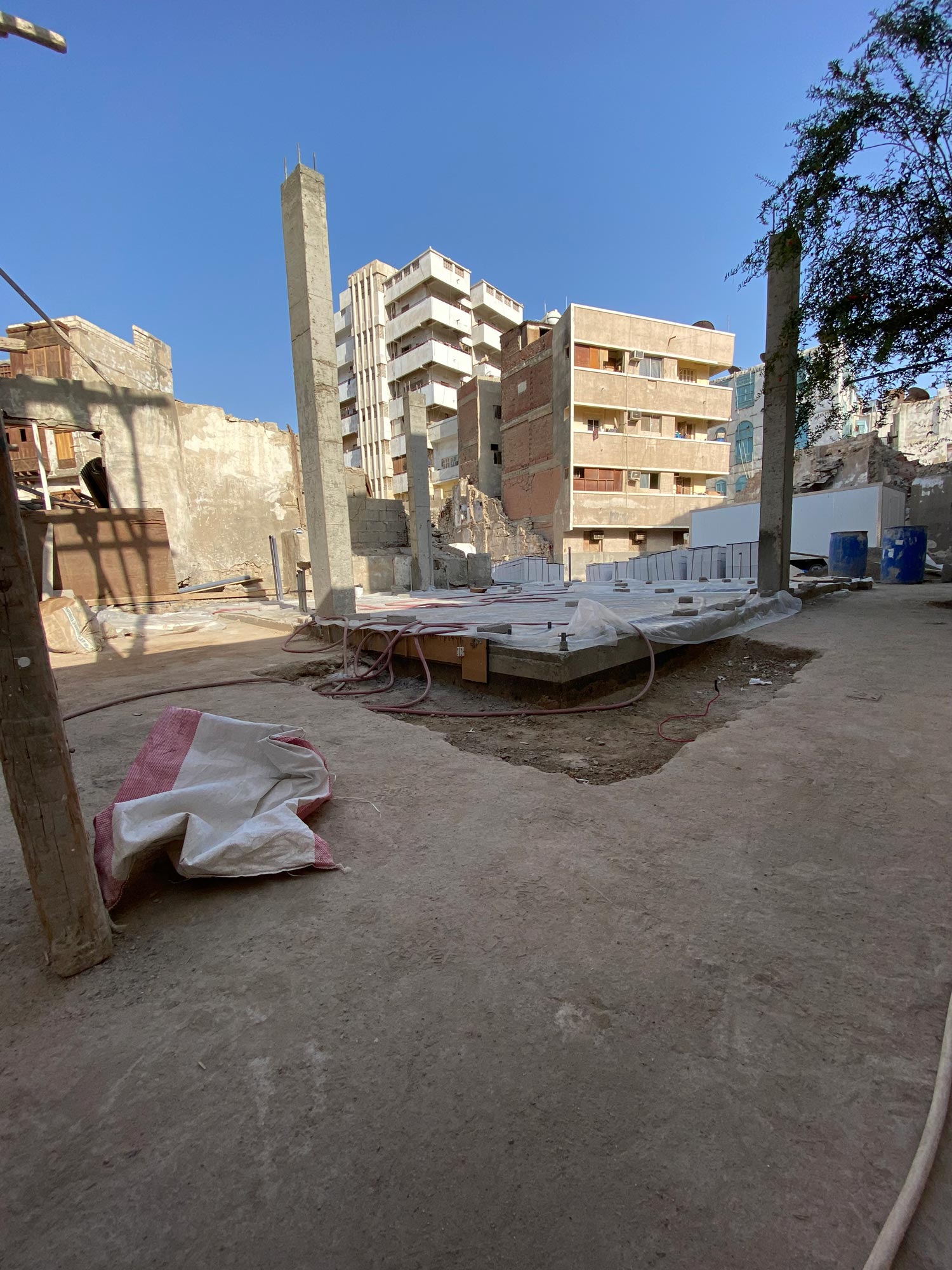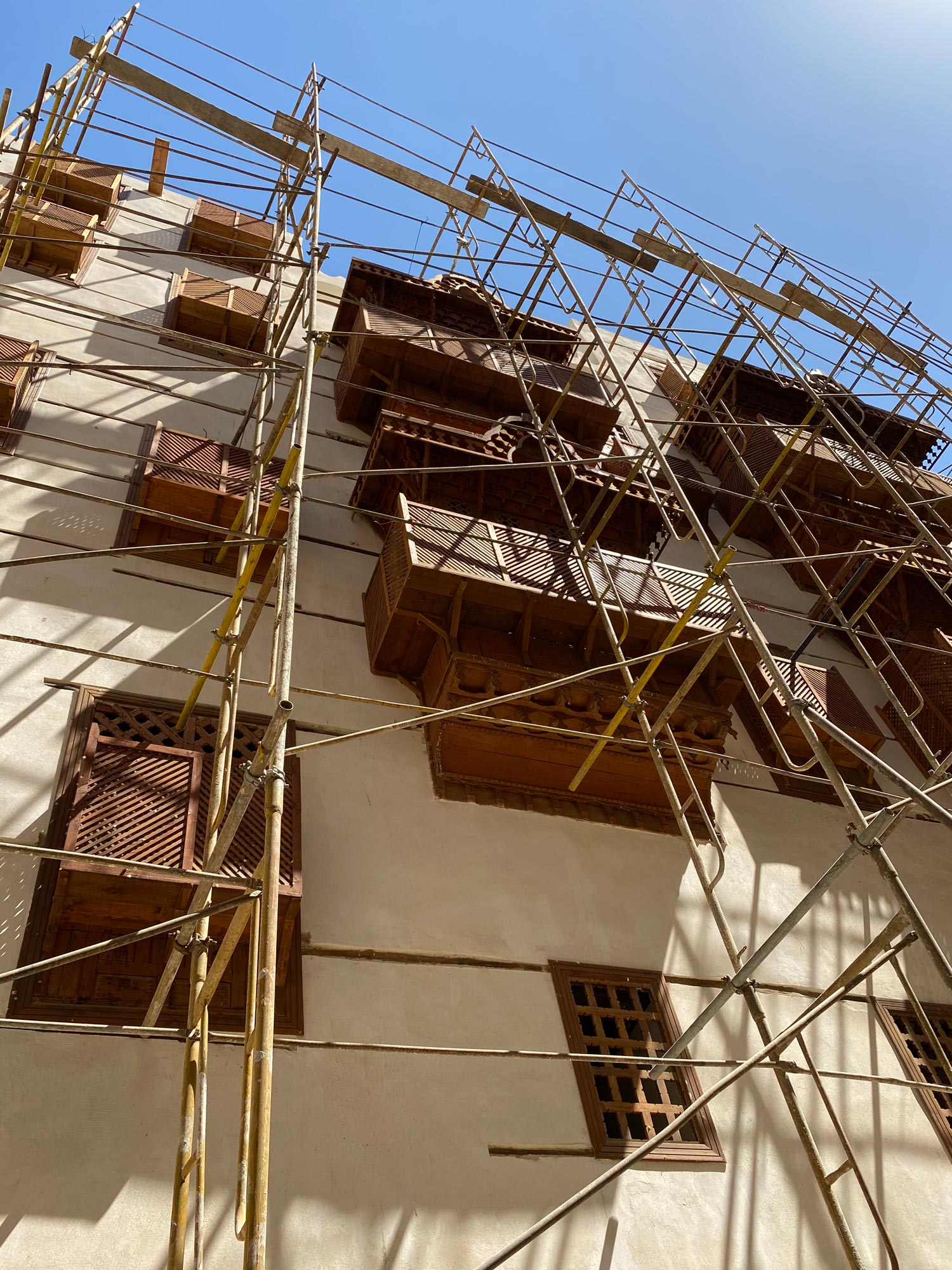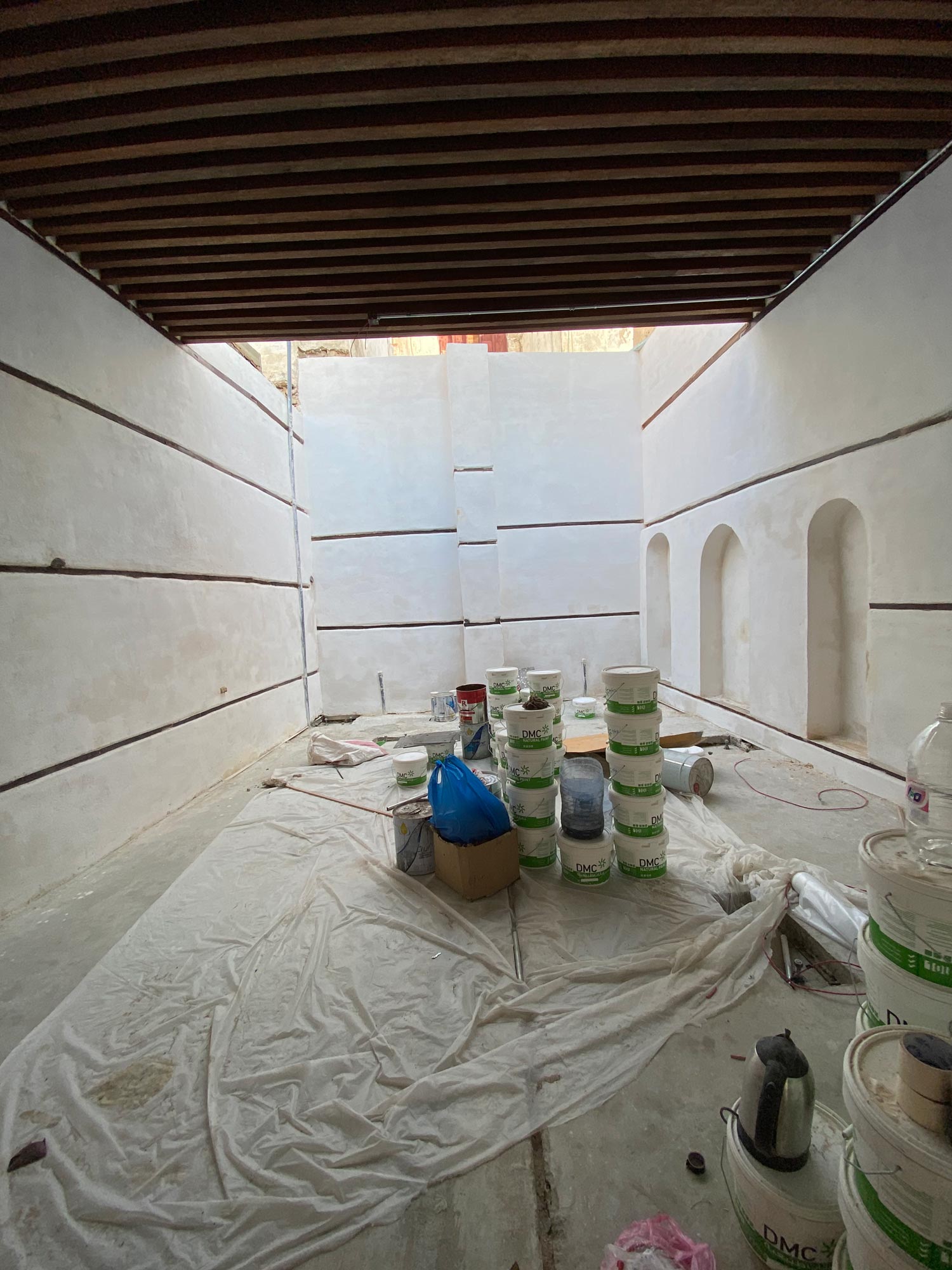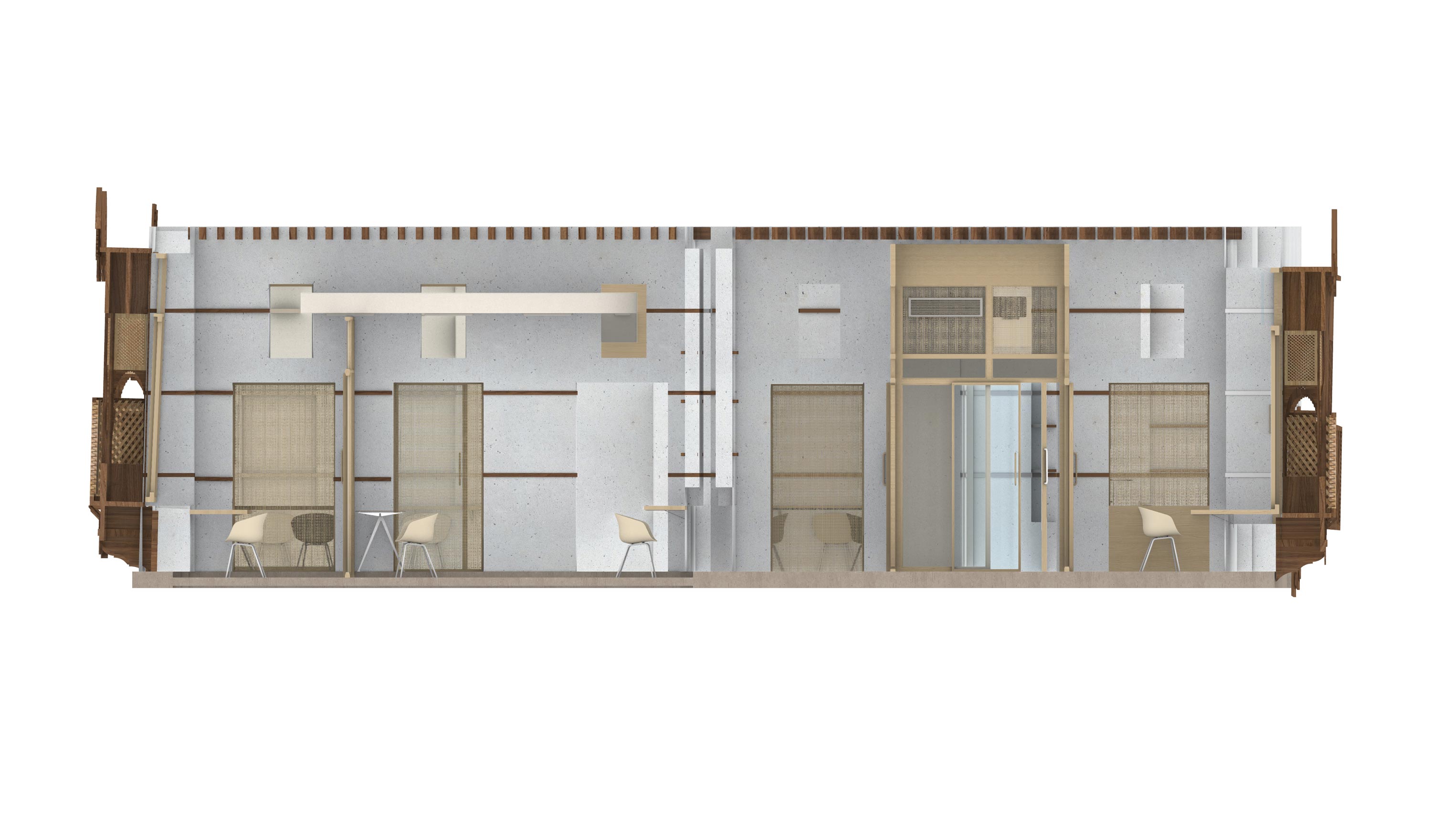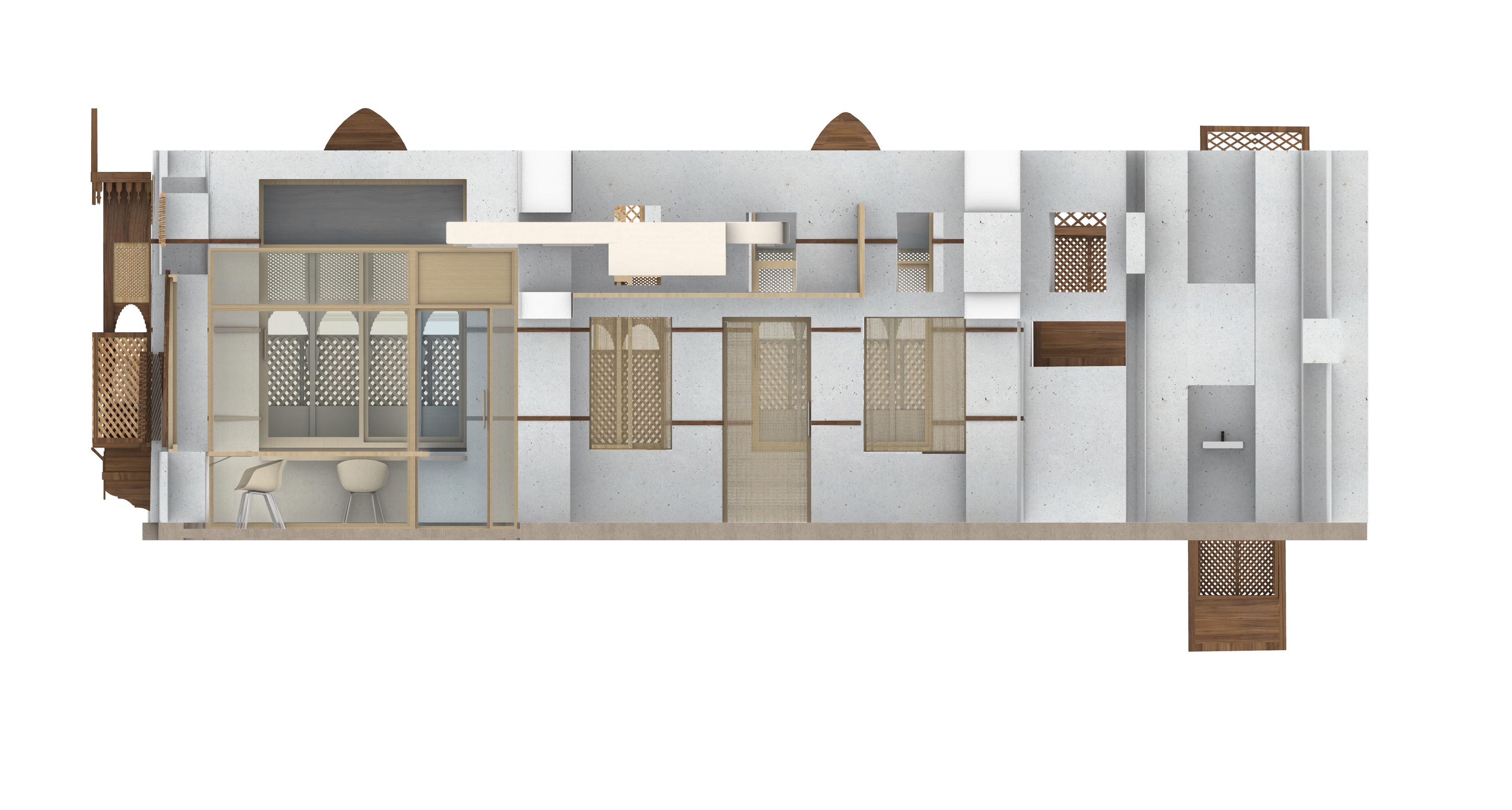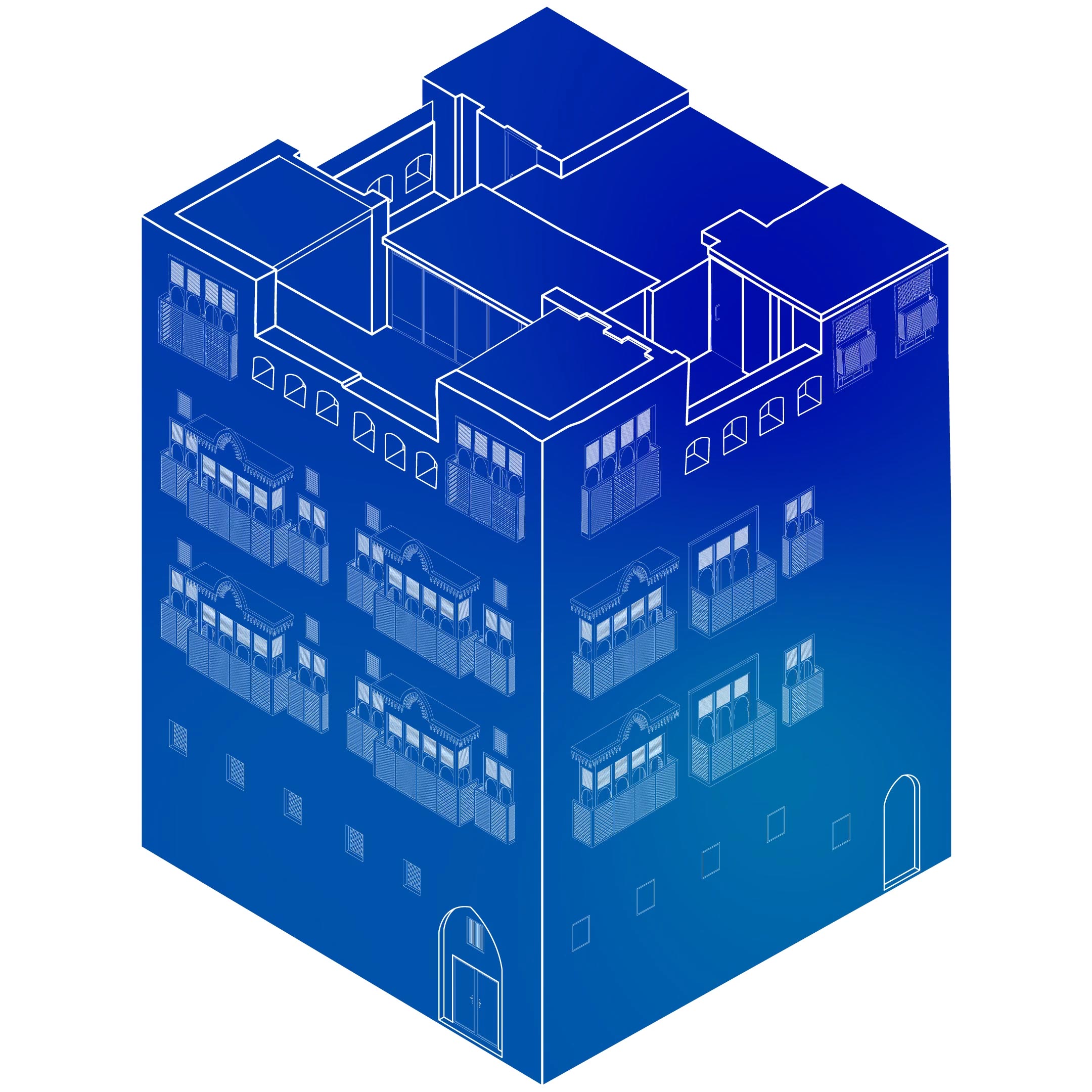
This project began as a design competition for the Ministry of Culture (MOC) offices, with Bricklab emerging as the winner. Located in the heart of Al-Balad, Jeddah’s UNESCO-listed historic district, the intervention demanded sensitivity to both spatial requirements and cultural heritage. The nearly 400-year-old building had been structurally restored, and Bricklab’s task was to carefully overlay a functional, modern workplace without compromising historical integrity.
Key to the design was a layered approach to transparency, using materials like rattan weave and frosted glass to mediate light, privacy, and openness. New insertions, such as a rooftop kitchen with panoramic views, were conceived as reversible and respectful, avoiding damage to original features. These gestures ensured that the building’s history remained legible while accommodating contemporary needs.
The limited floor area presented a challenge in accommodating a full suite of office functions. In response, Bricklab devised efficient, context-sensitive solutions. Transforming window niches into seating, embedding storage in circulation zones, and using multifunctional furniture to meet practical demands while preserving spatial clarity.
The project lies within the Al-Matbouli House complex in Al-Balad, adjacent to Souq Al Alawi, one of the oldest and most vibrant marketplaces in Saudi Arabia. Dating to 1716, the souq remains a hub for local trade, particularly during the Hajj season, when the area takes on a cosmopolitan intensity. Visitors can explore a dense network of stalls offering traditional jewelry, spices, incense, and textiles.
This rich cultural context shaped the design strategy. The building was not only adapted for a new use but also reactivated as part of a broader initiative to revive Al-Balad. Bricklab’s intervention supports this ambition by reintegrating a once-dormant structure into the life of the district.
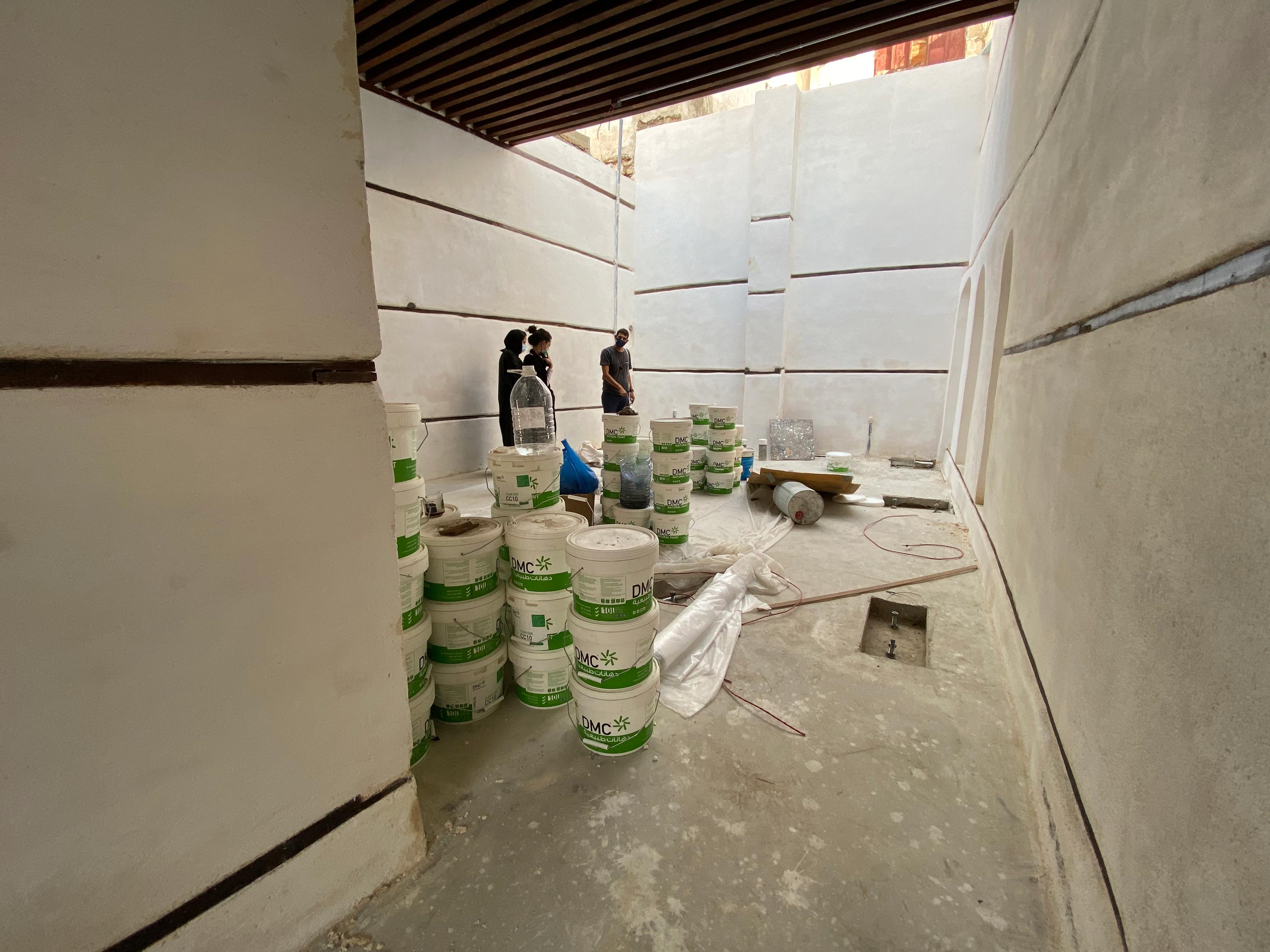
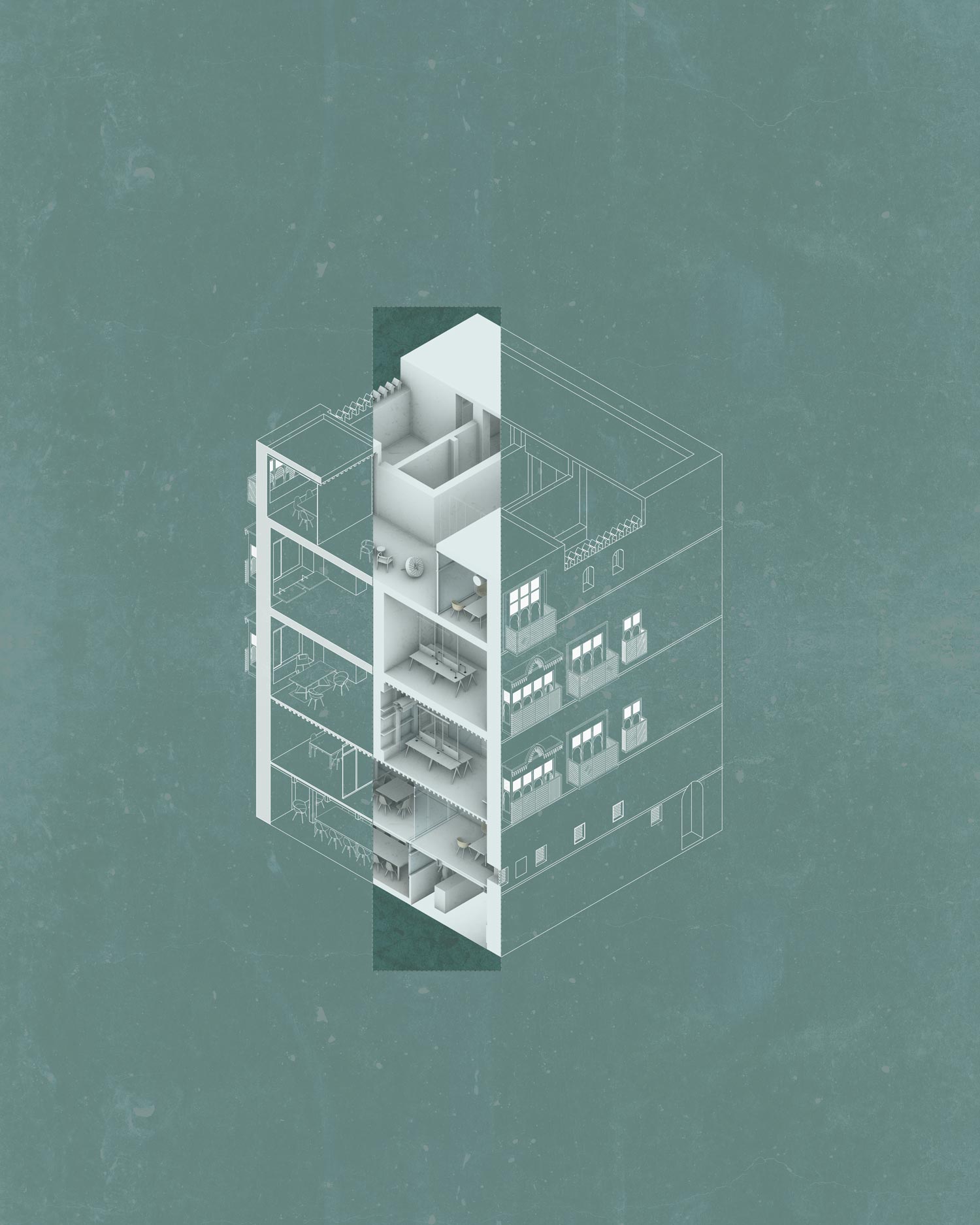
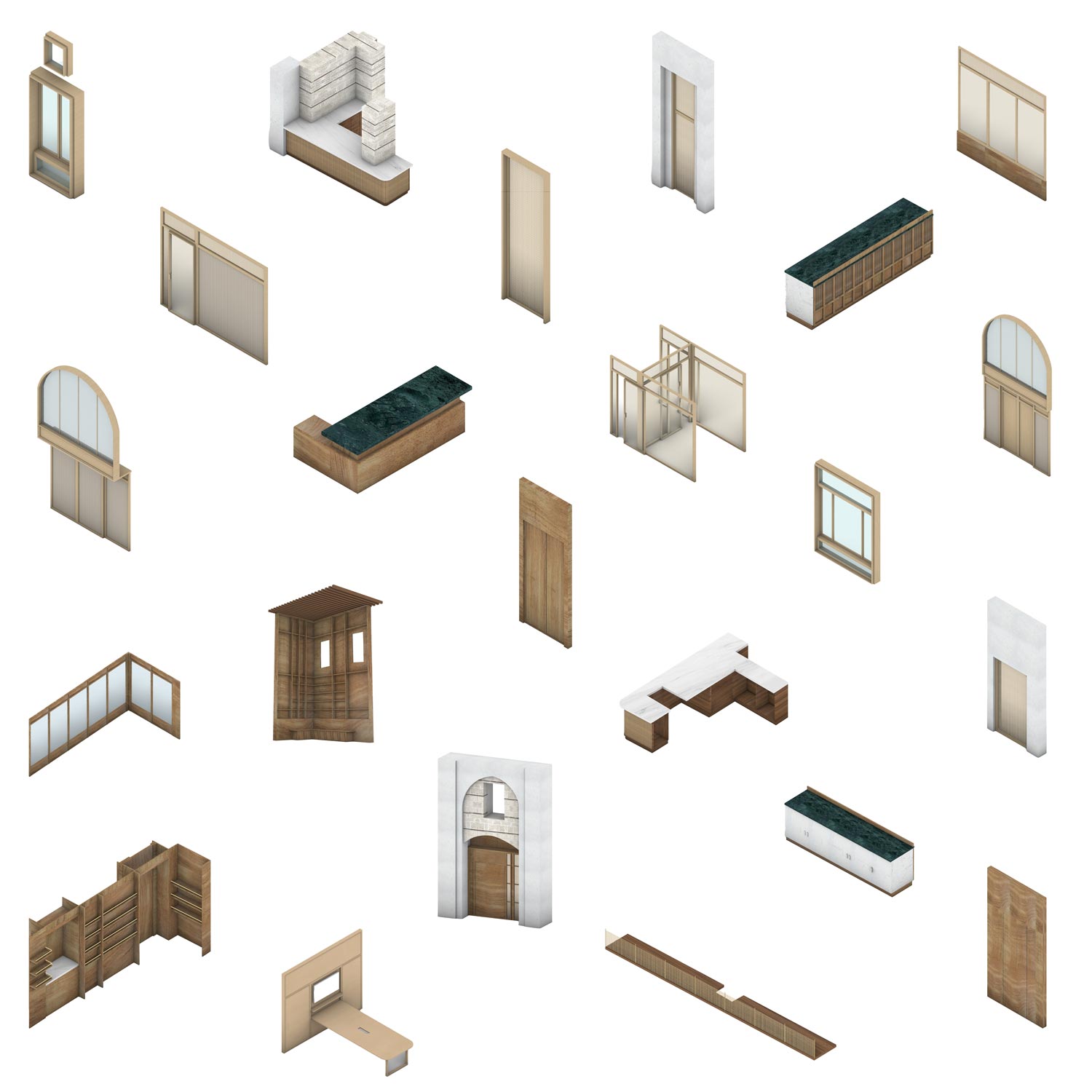
The project spans 611 square meters across five levels, including three main floors, a mezzanine, and a rooftop. The program called for executive offices, meeting rooms, workstations, a pantry, lounge areas, washrooms, and a reception, all integrated within a structure originally built for residential use.
The architectural strategy emphasized minimal, reversible interventions. Independent mezzanine and rooftop structures were installed without impacting historic walls. Services such as HVAC and electrical conduits were exposed and surface-mounted to avoid invasive modifications, preserving the building’s fabric and allowing future disassembly.
New materials interpreted traditional elements, woven rattan and frosted glass offered privacy while referencing vernacular craft. Spaces such as deep window niches were activated for seating or storage, creating functionality from architectural features. The result is a dialogue between old and new, where heritage remains the dominant voice.
Lighting was carefully calibrated to echo the soft, ambient glow of traditional interiors while meeting workplace standards. Locally sourced materials reinforced the project’s cultural grounding, while natural ventilation was maintained by enhancing the building’s original cross-breezes and thermal mass.
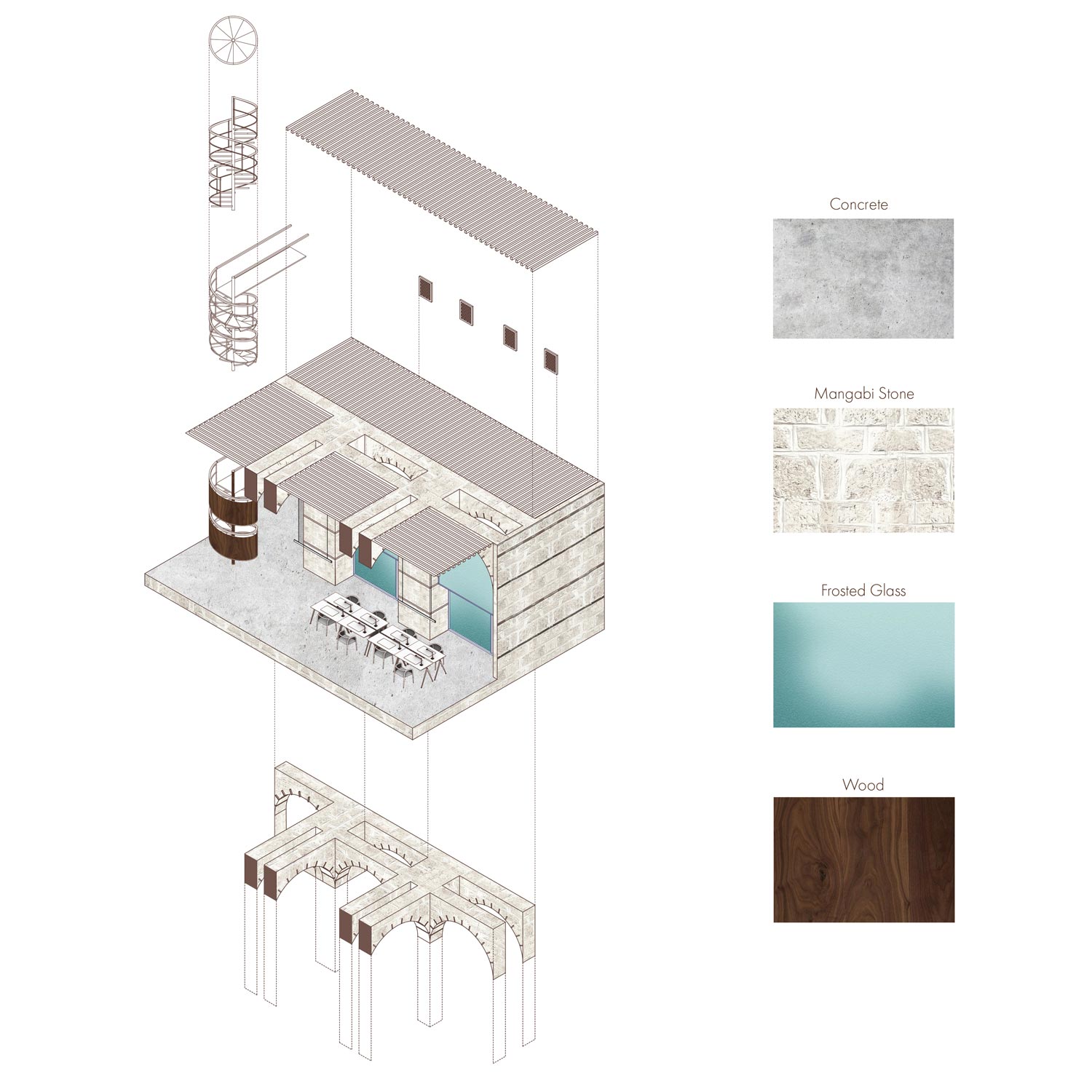

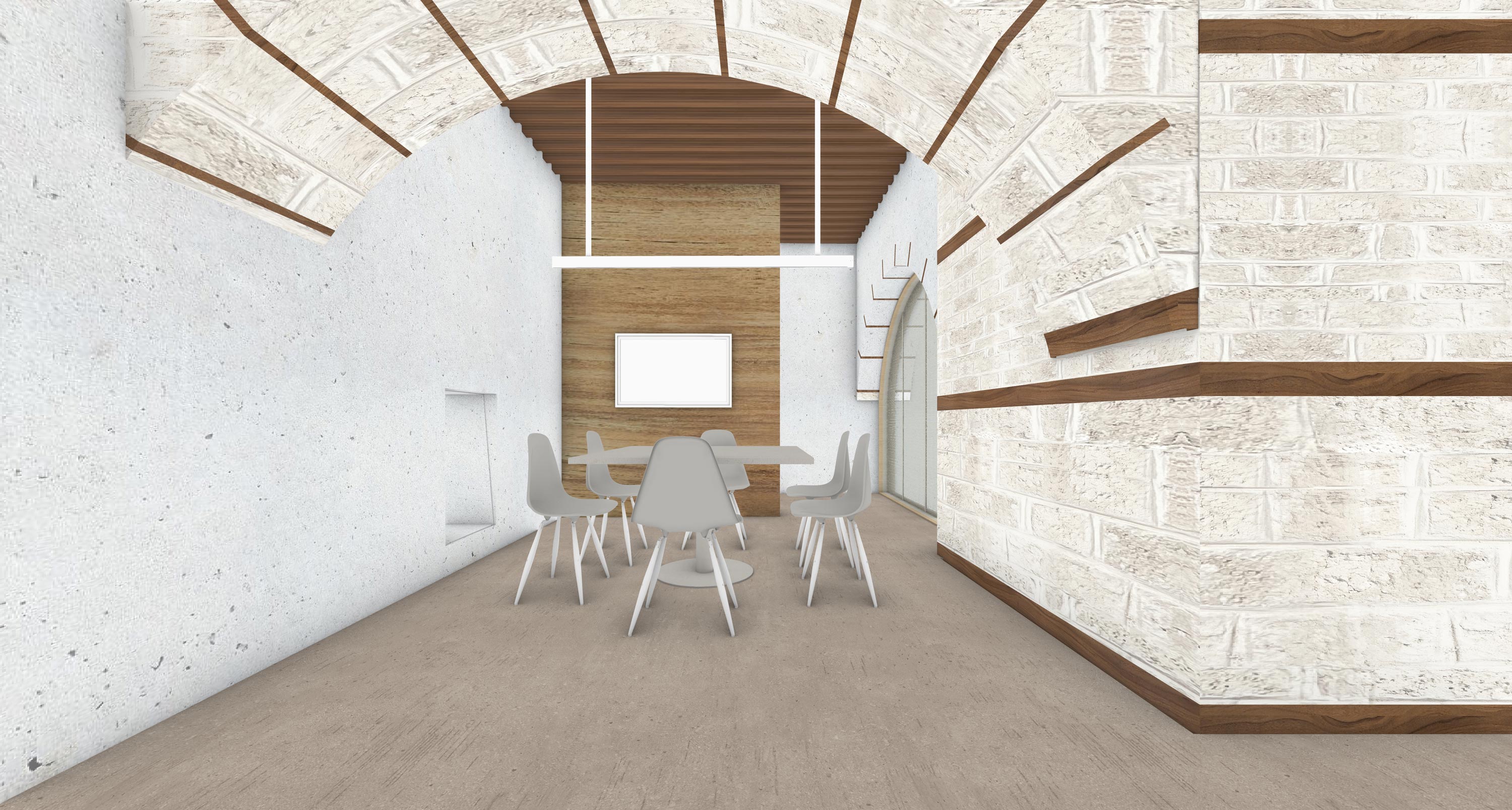

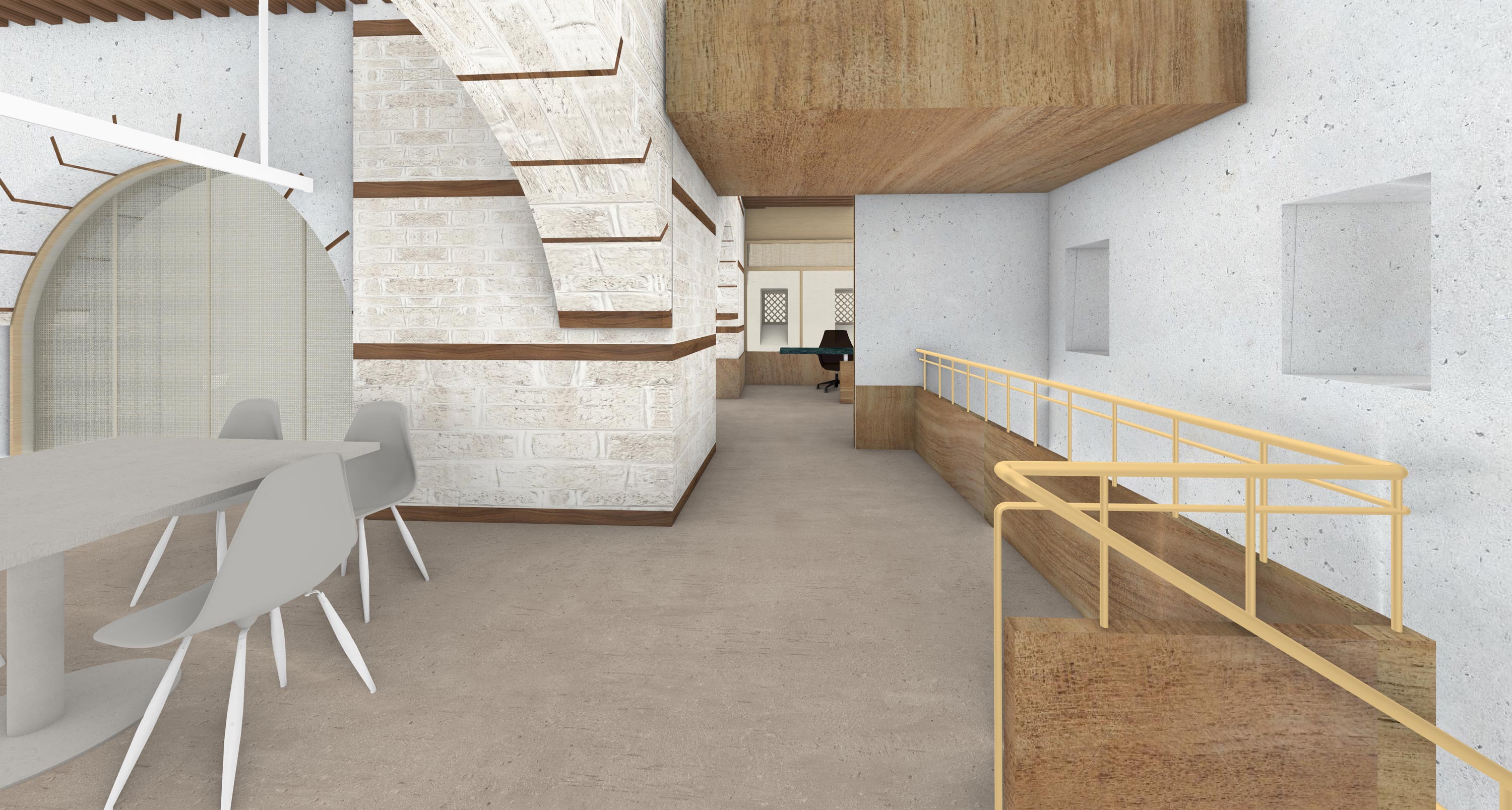
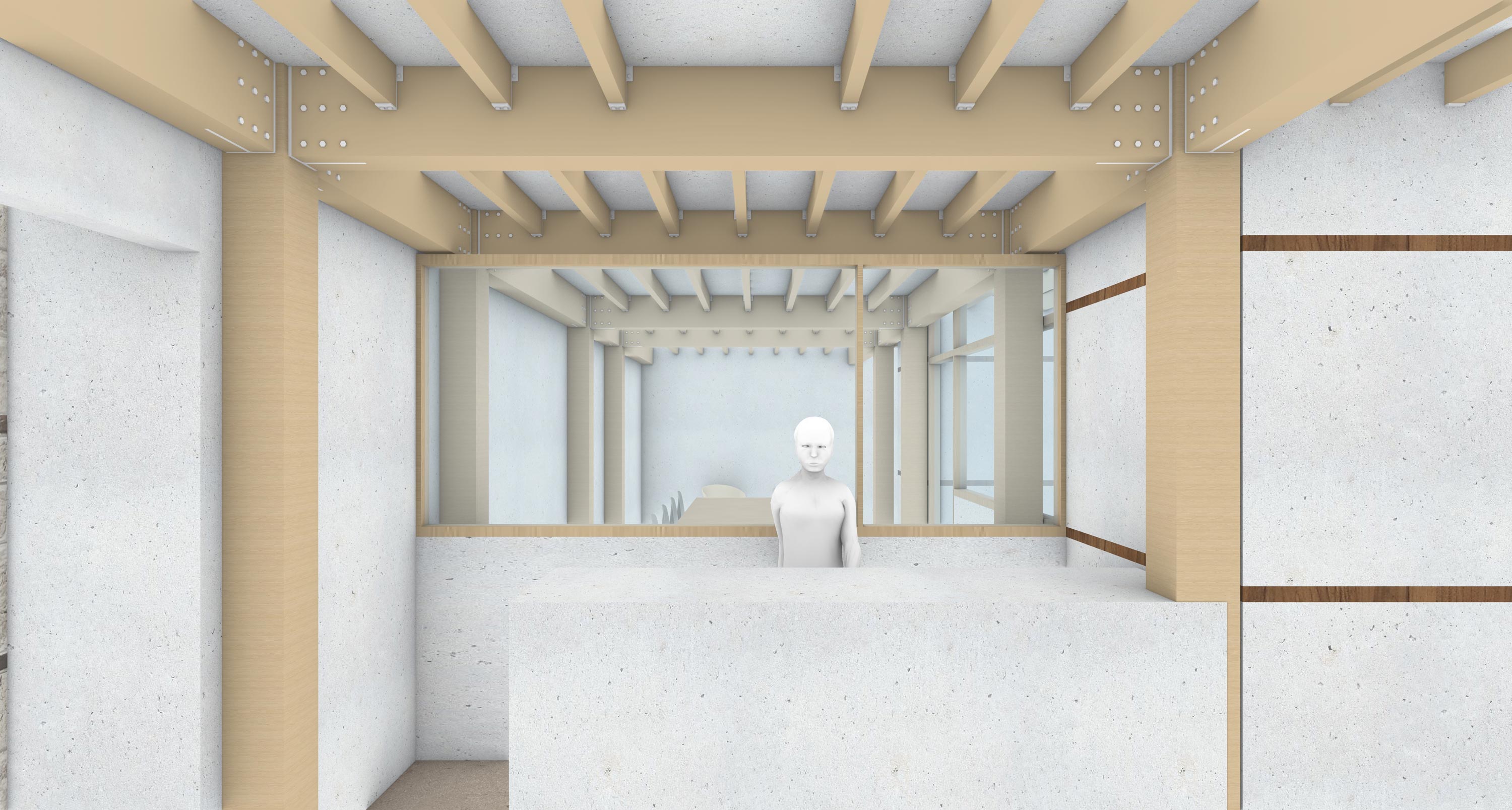
Wherever possible, historic elements such as shutters, balustrades, and carved doors were restored and reused. Furniture was scaled to match the original proportions of rooms, and interventions remained physically independent to maintain architectural clarity and historical integrity.
This adaptive reuse project provides the Ministry of Culture with a bright, functional, and inspiring workspace, enabling it to manage cultural initiatives both in Al-Balad and across Saudi Arabia. The design fosters a productive environment while nurturing a deep connection to place.
Crucially, the project contributes to Al-Balad’s ongoing revitalization, reintroducing activity and care into a historic neighborhood that had suffered neglect. By balancing preservation with purpose, the intervention reinforces the district’s cultural vitality and sets a precedent for sensitive, future-forward reuse.
